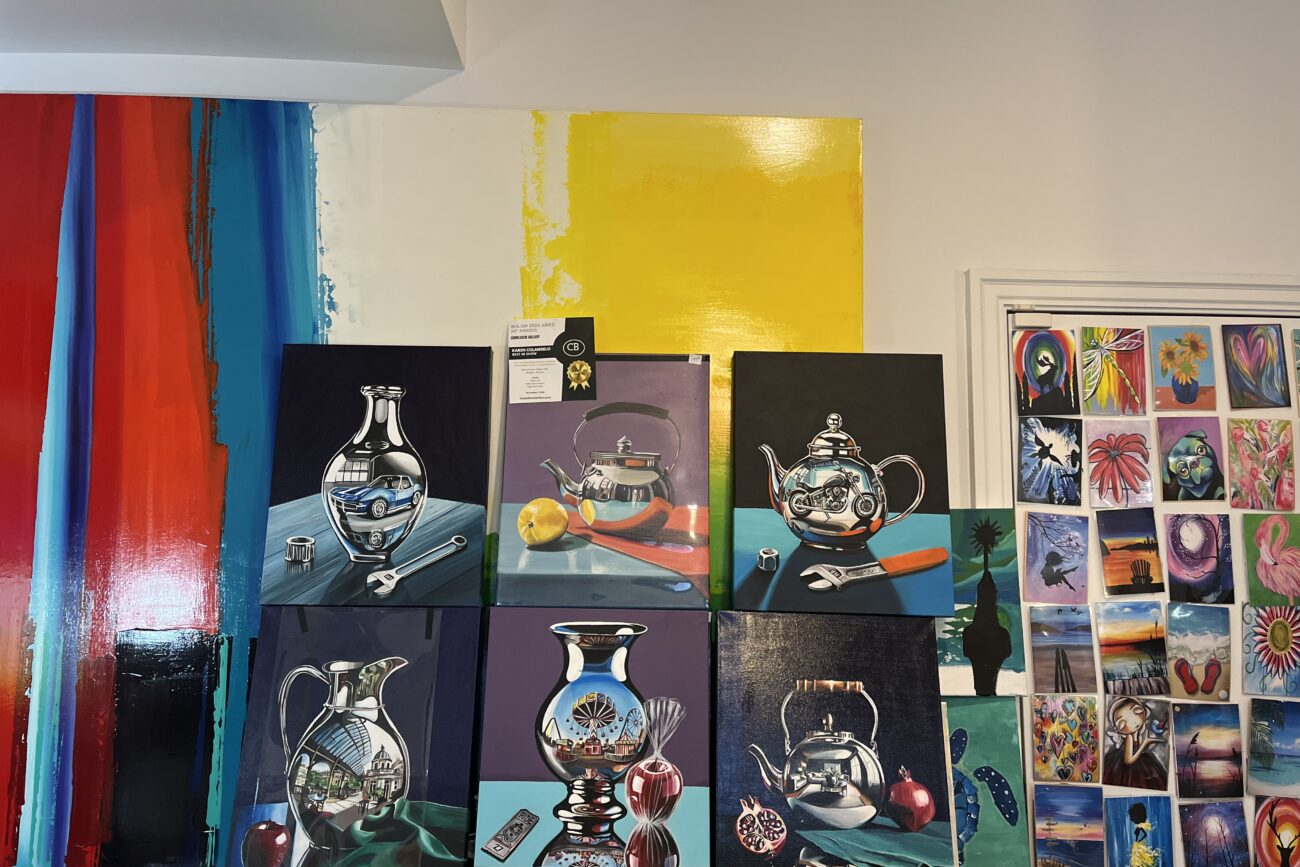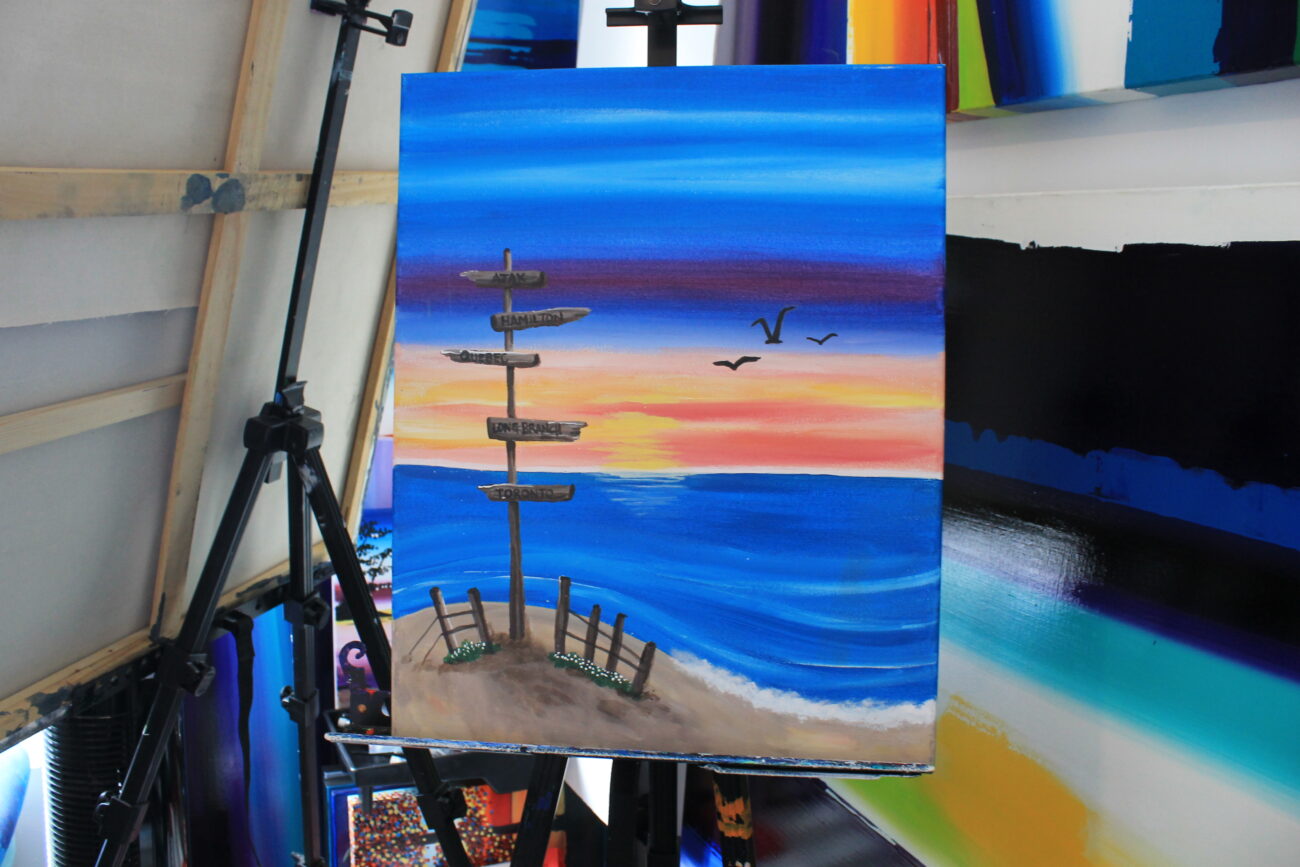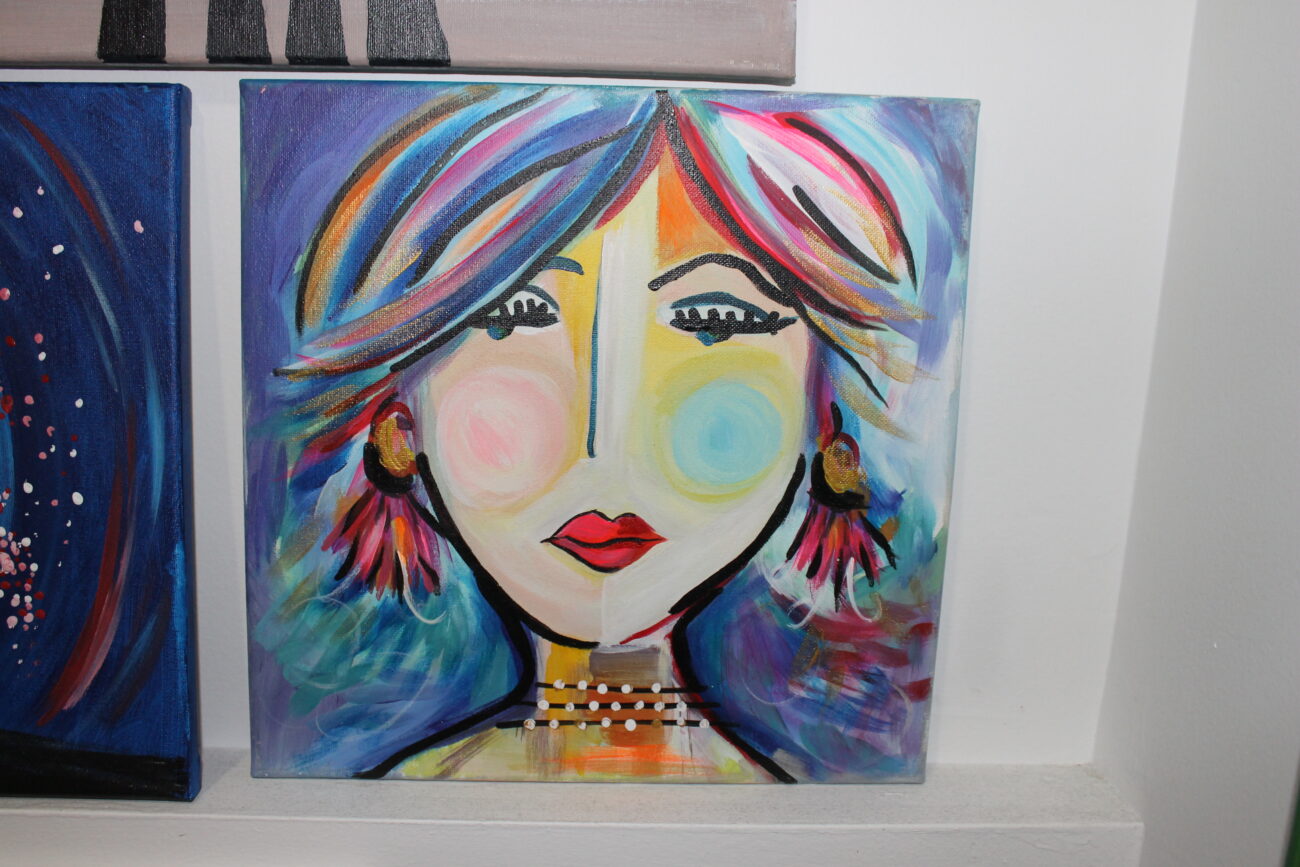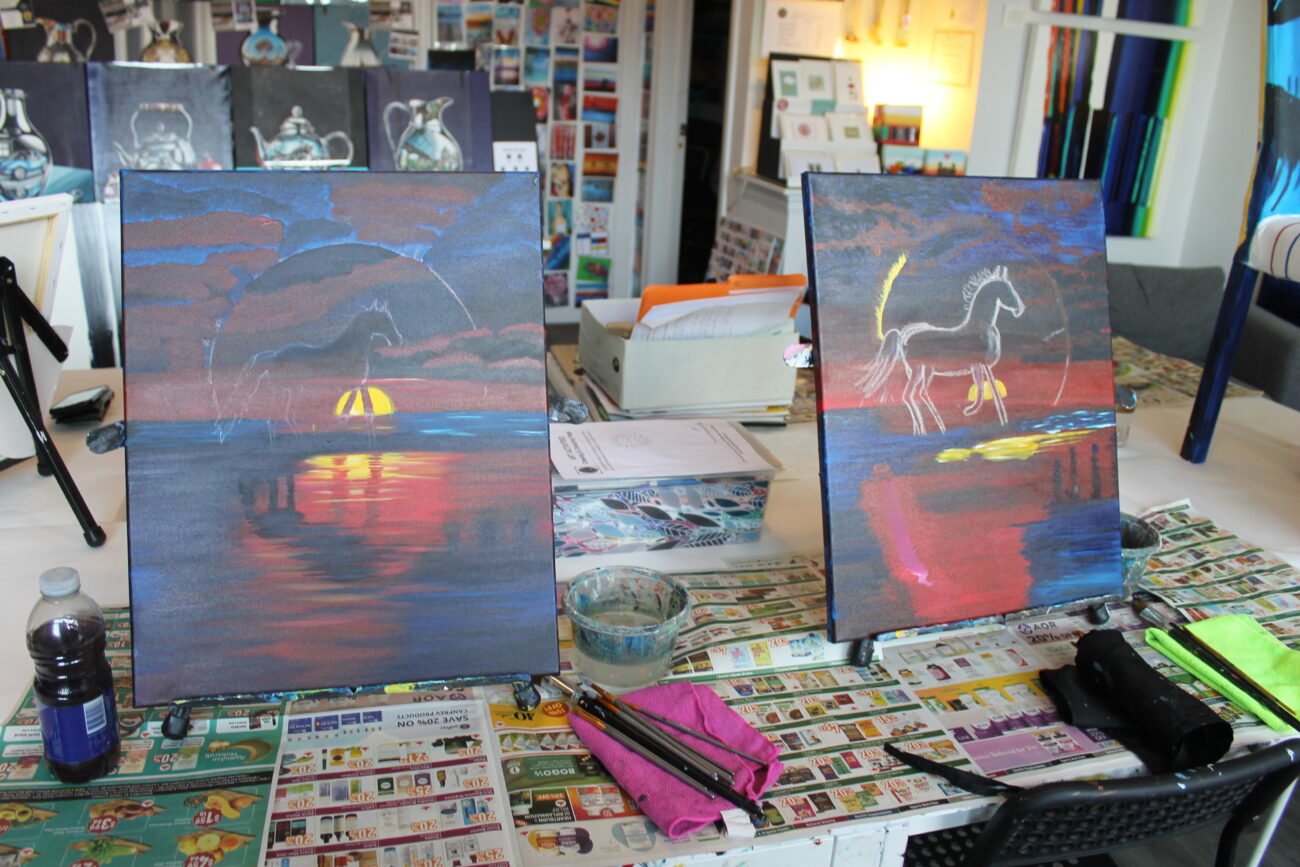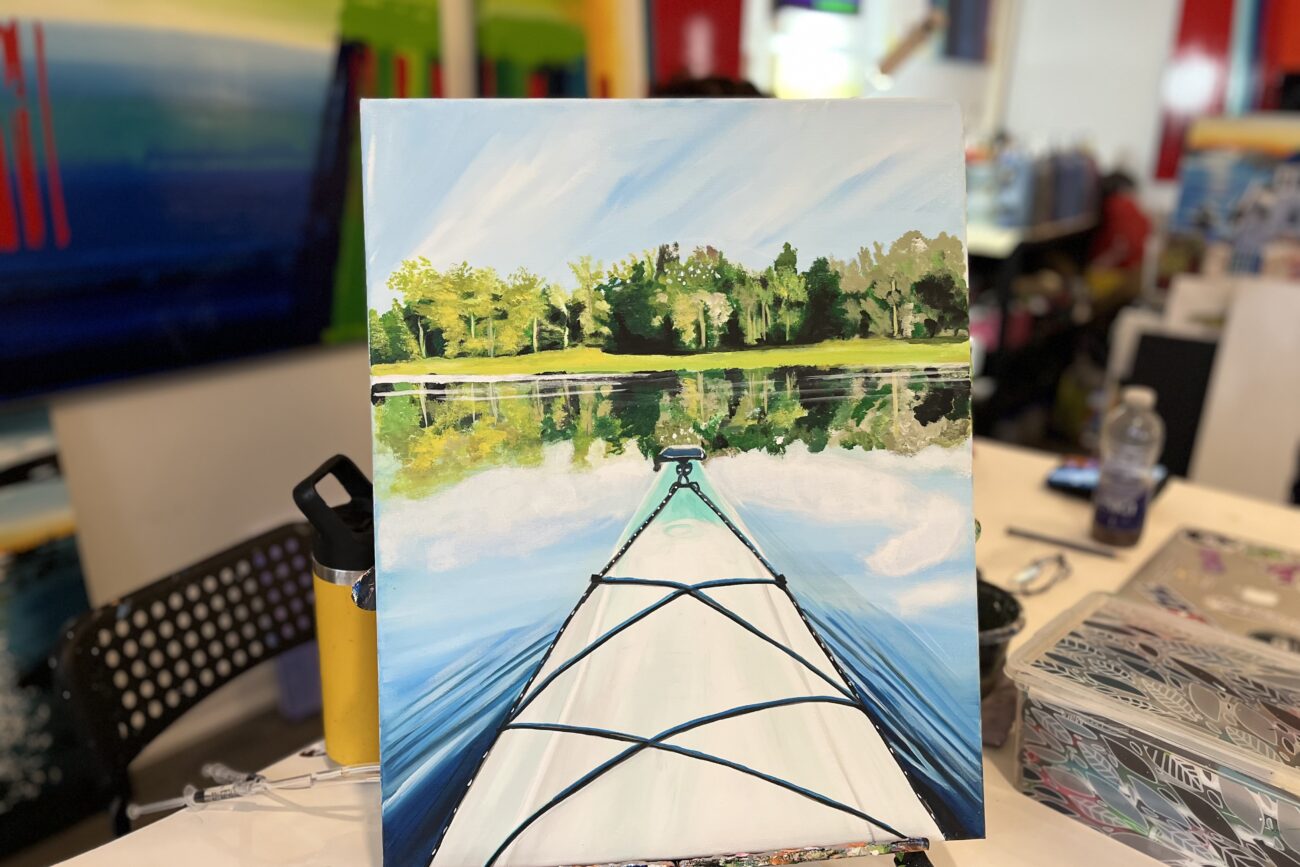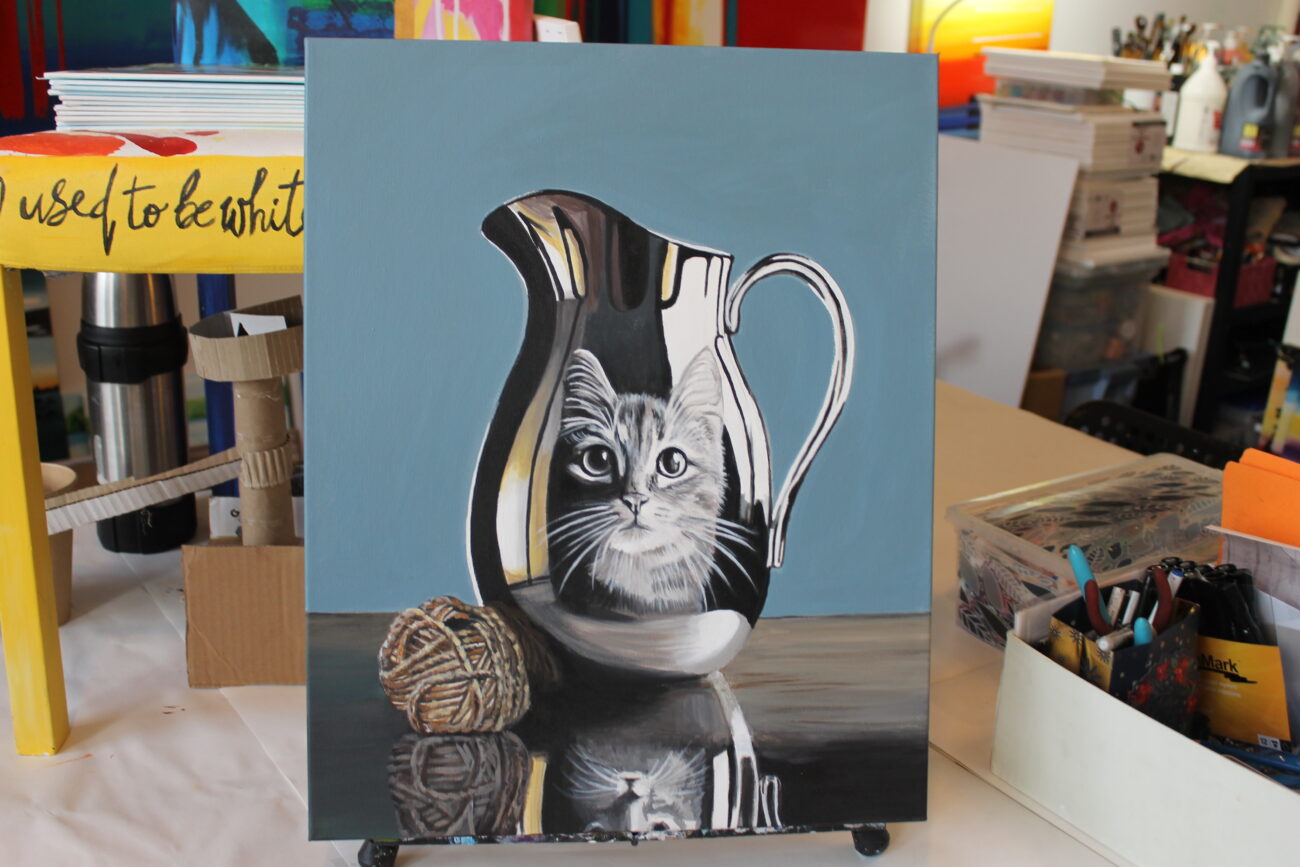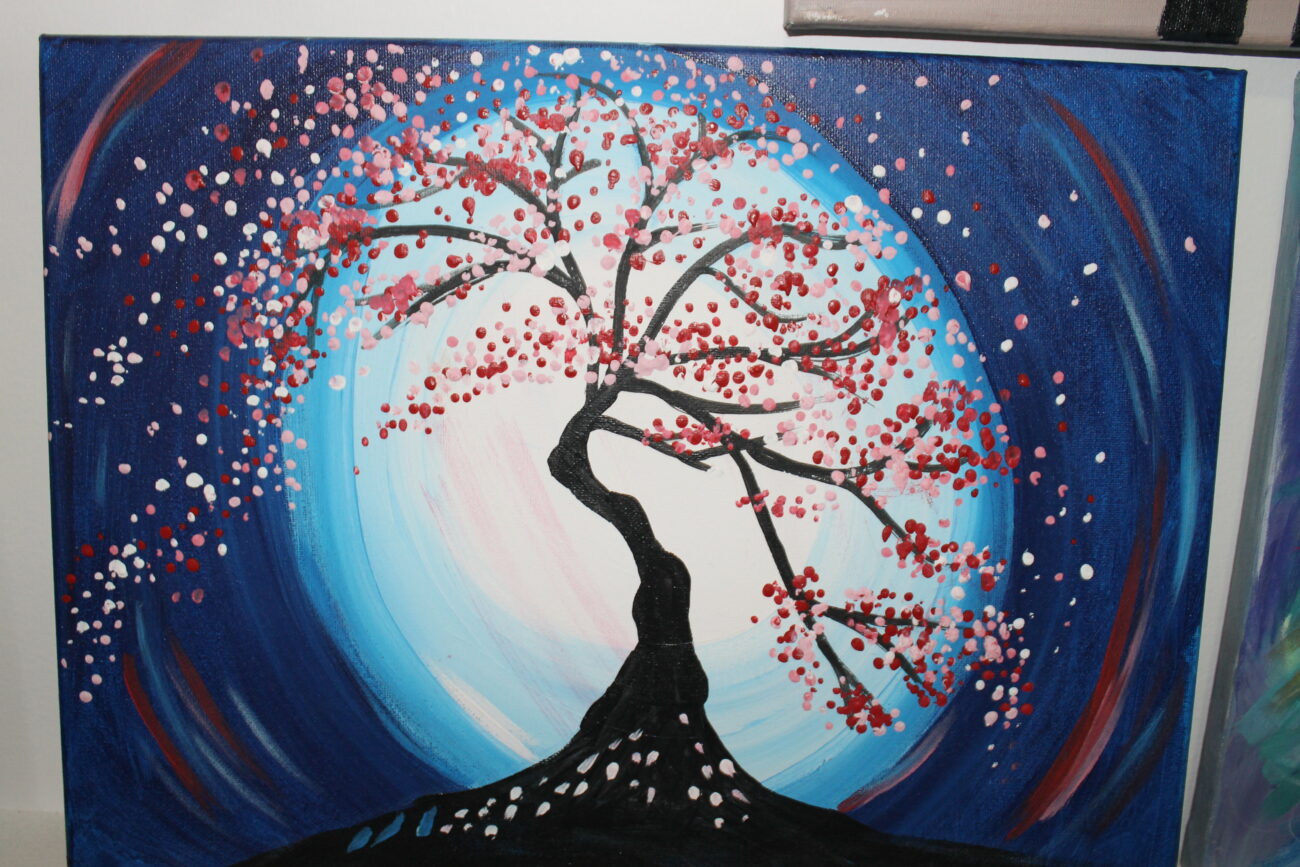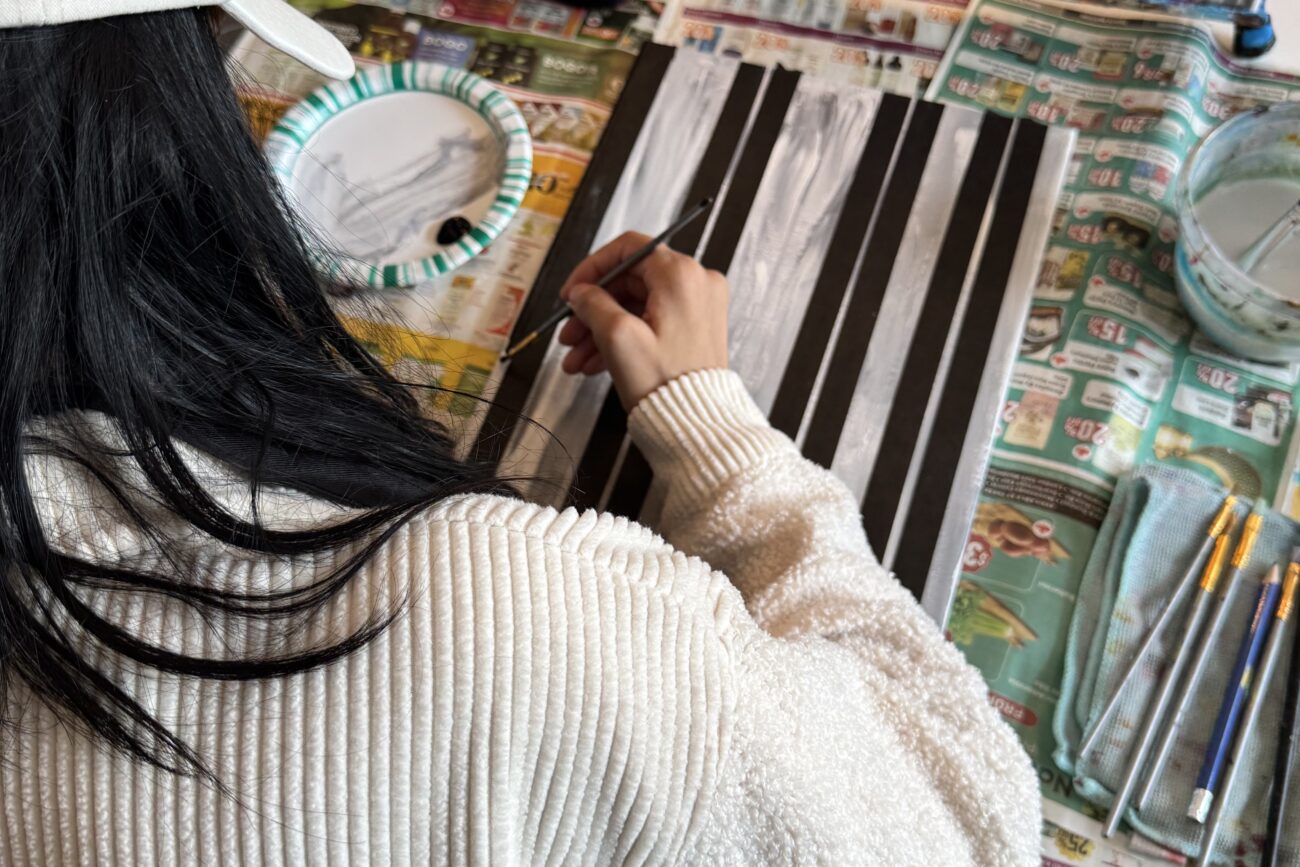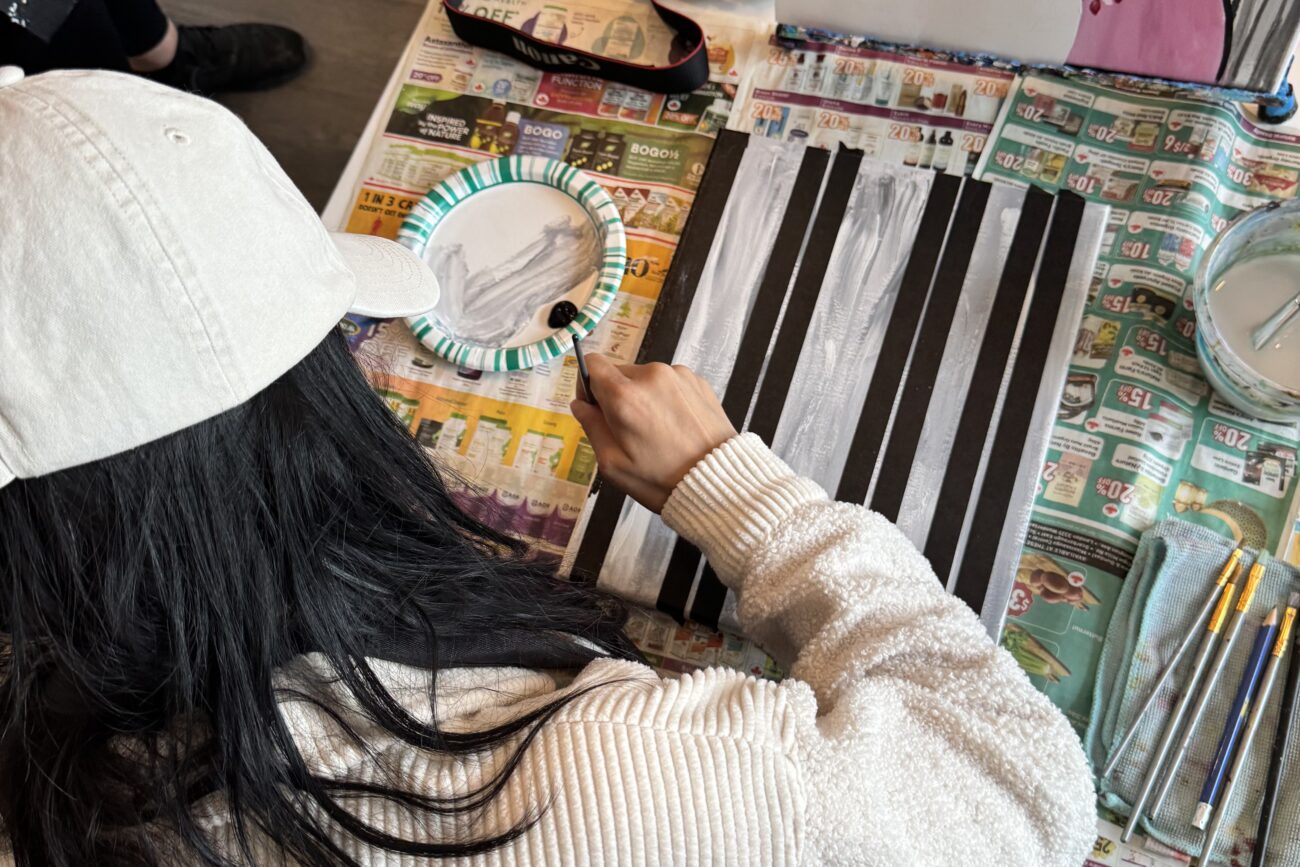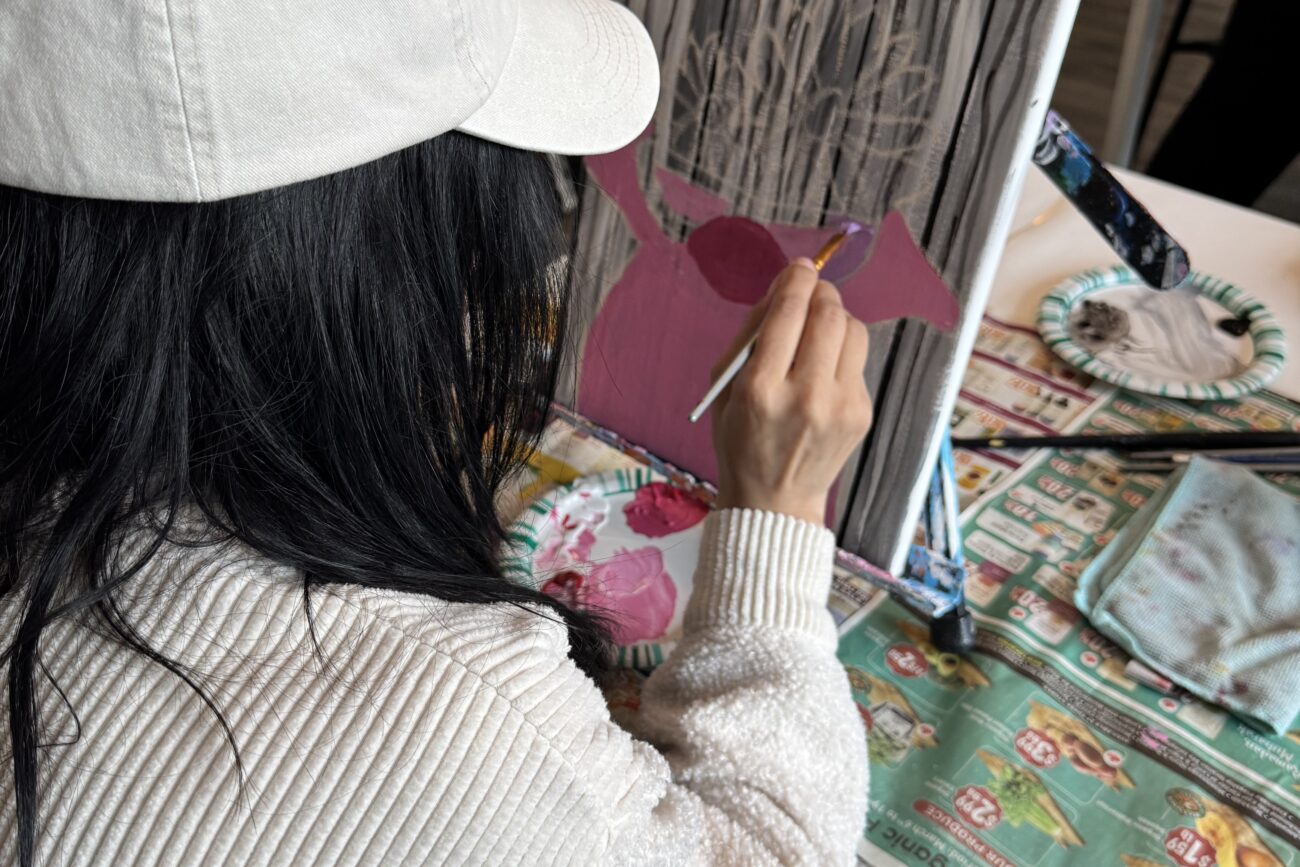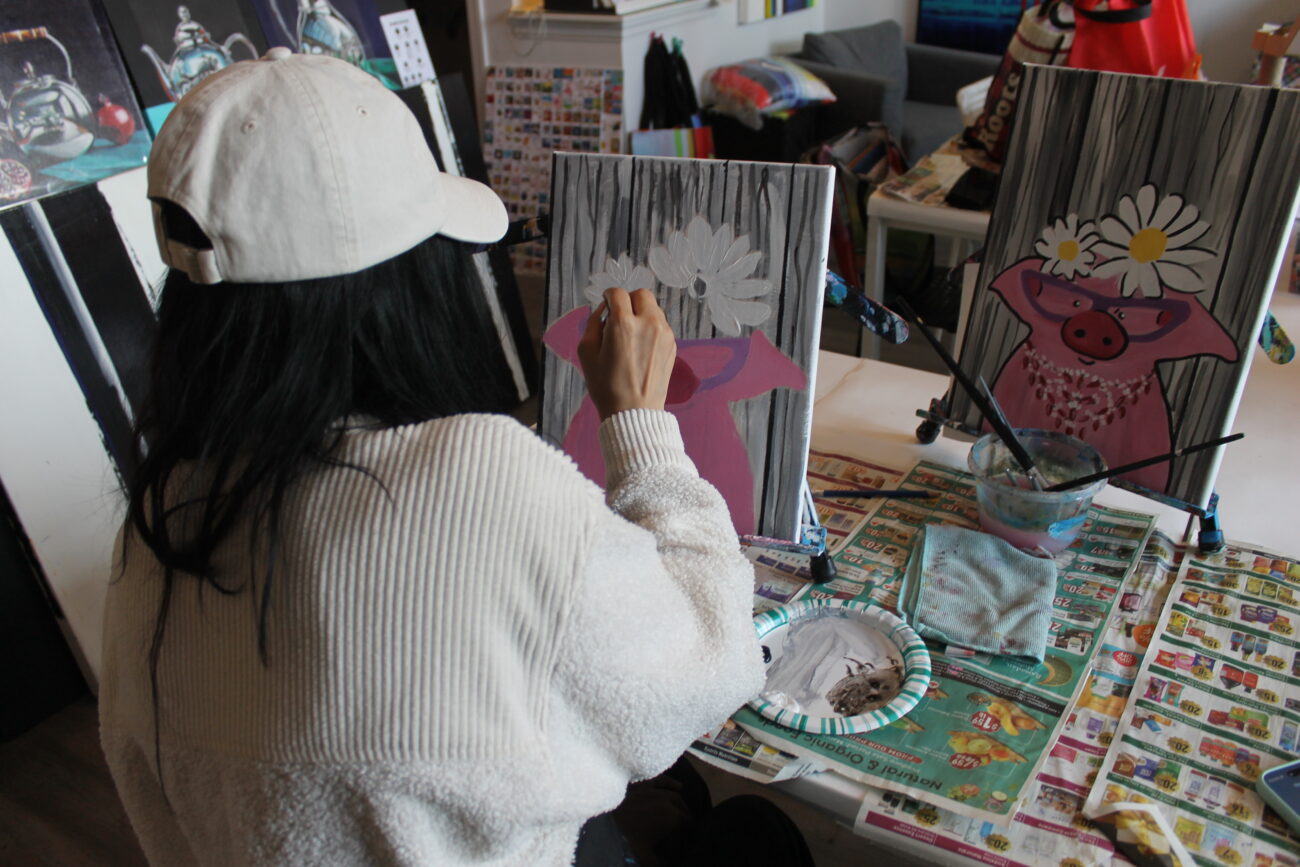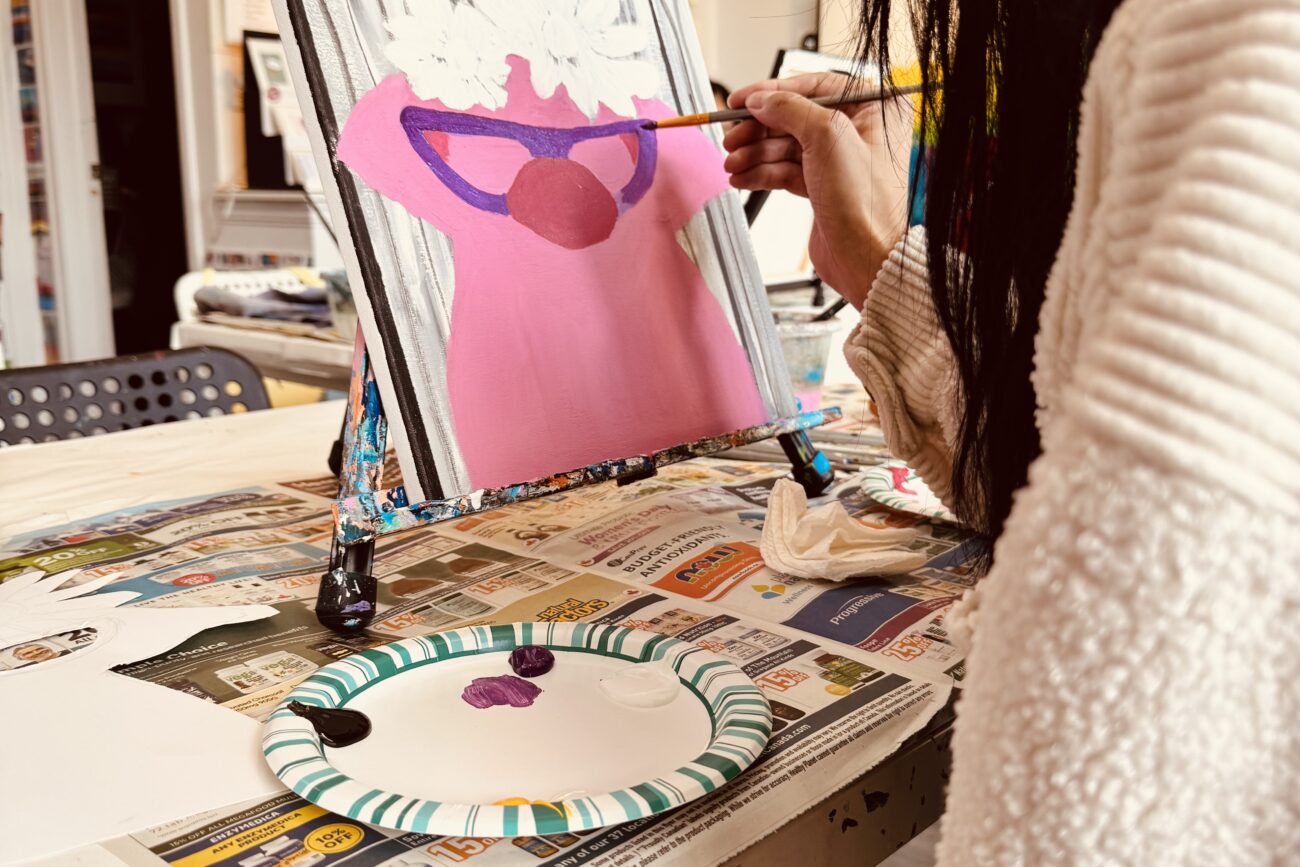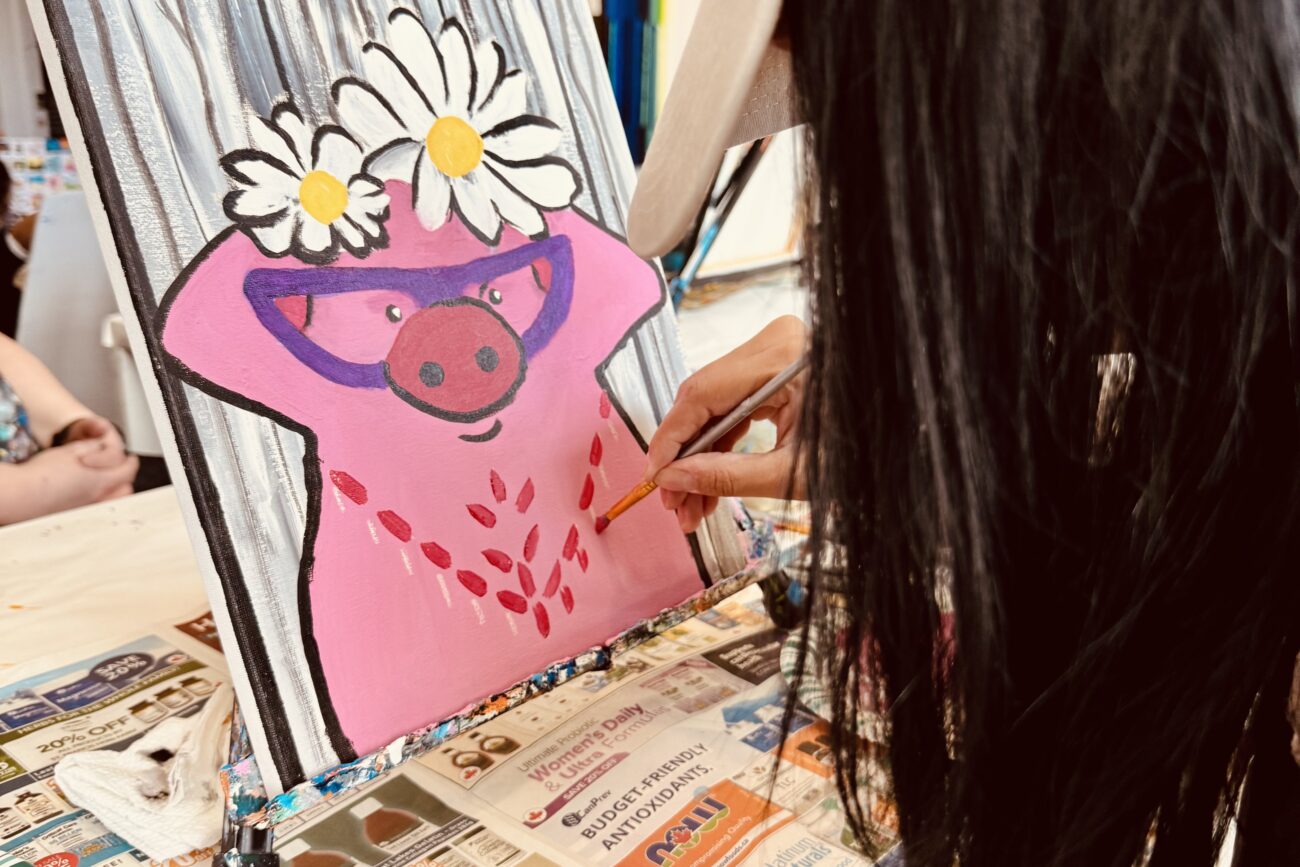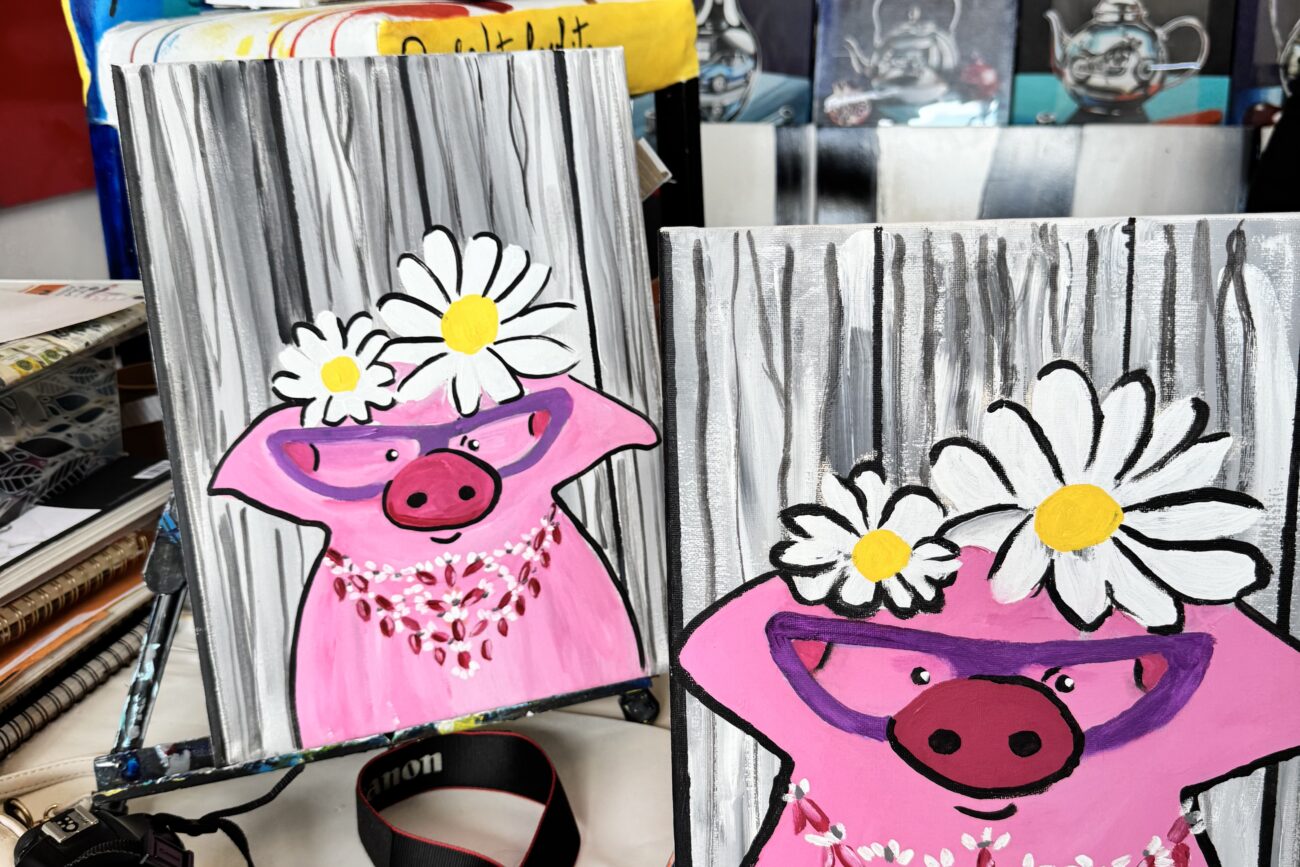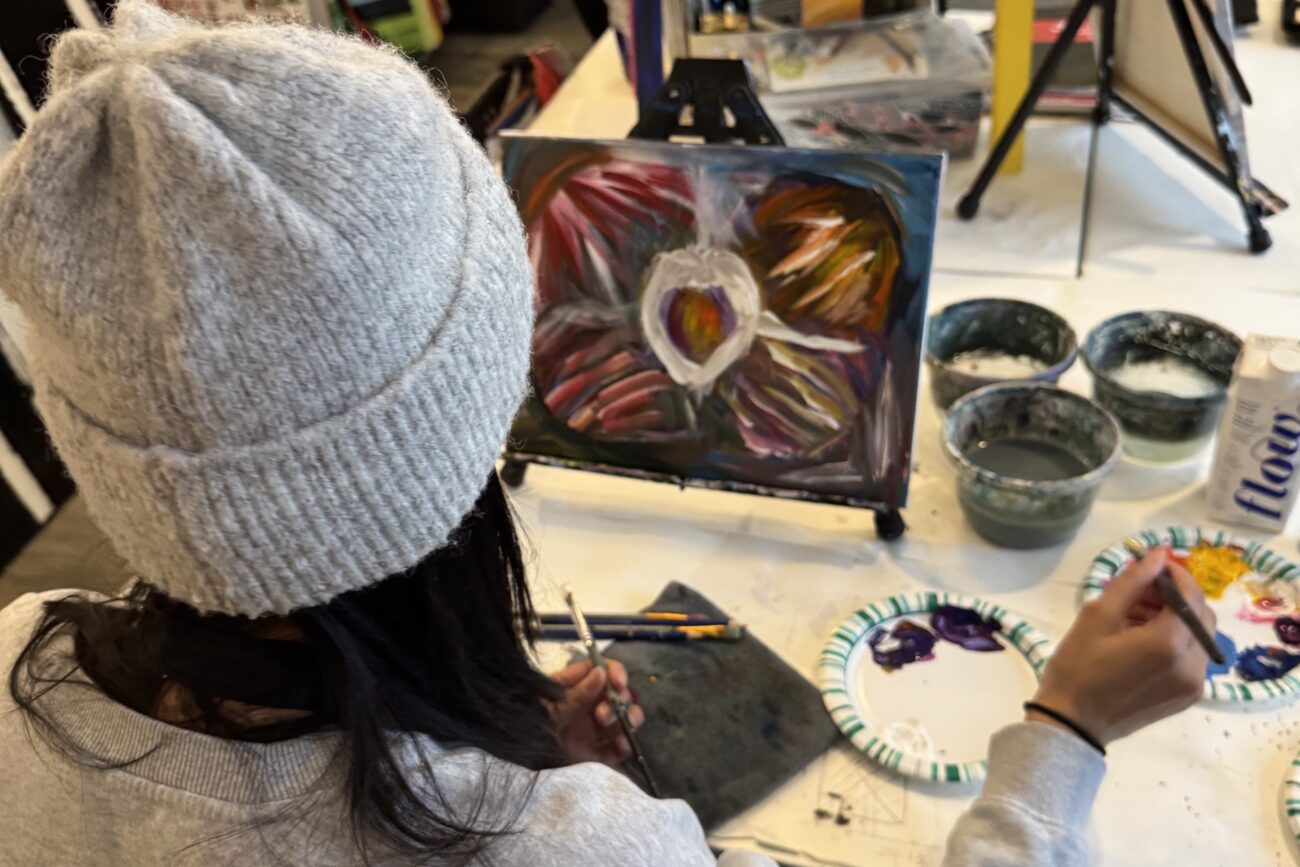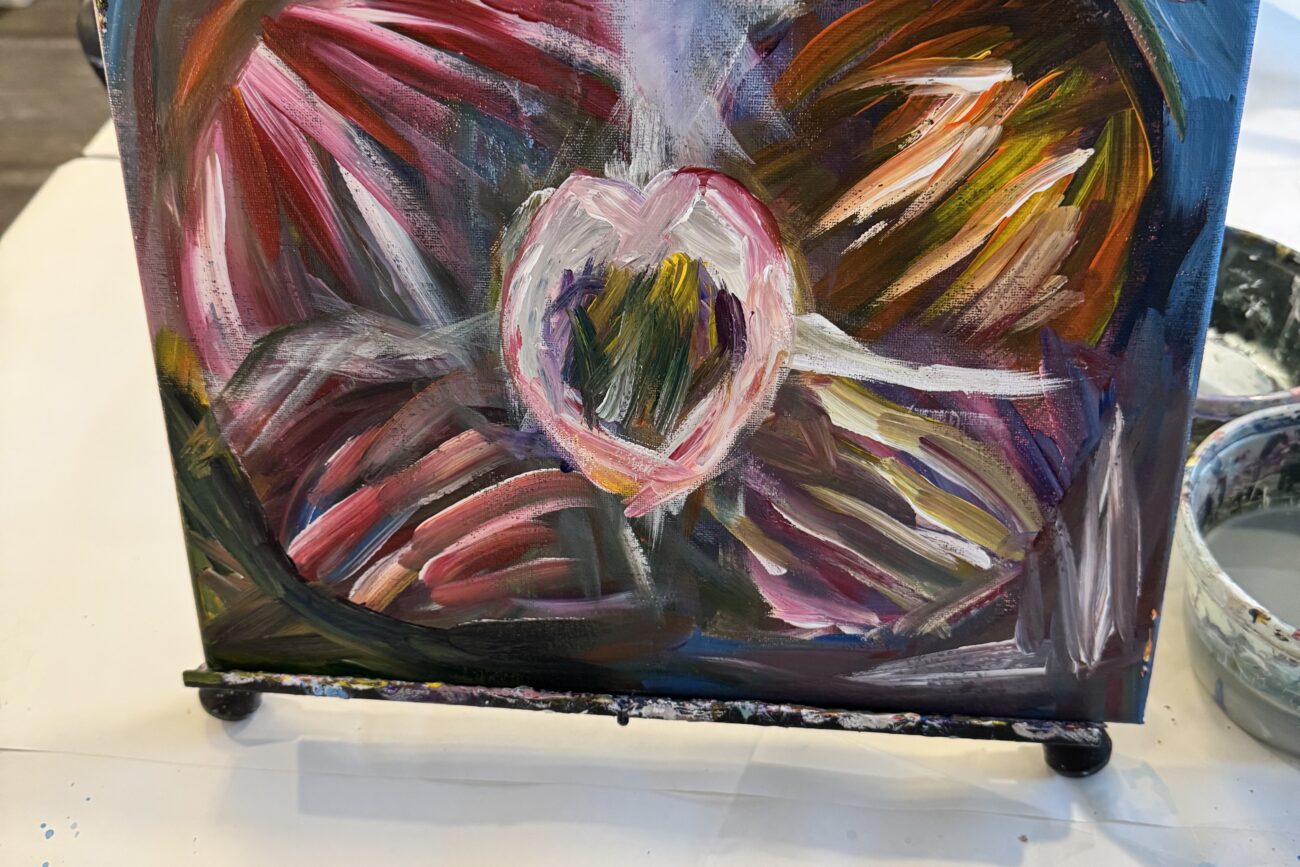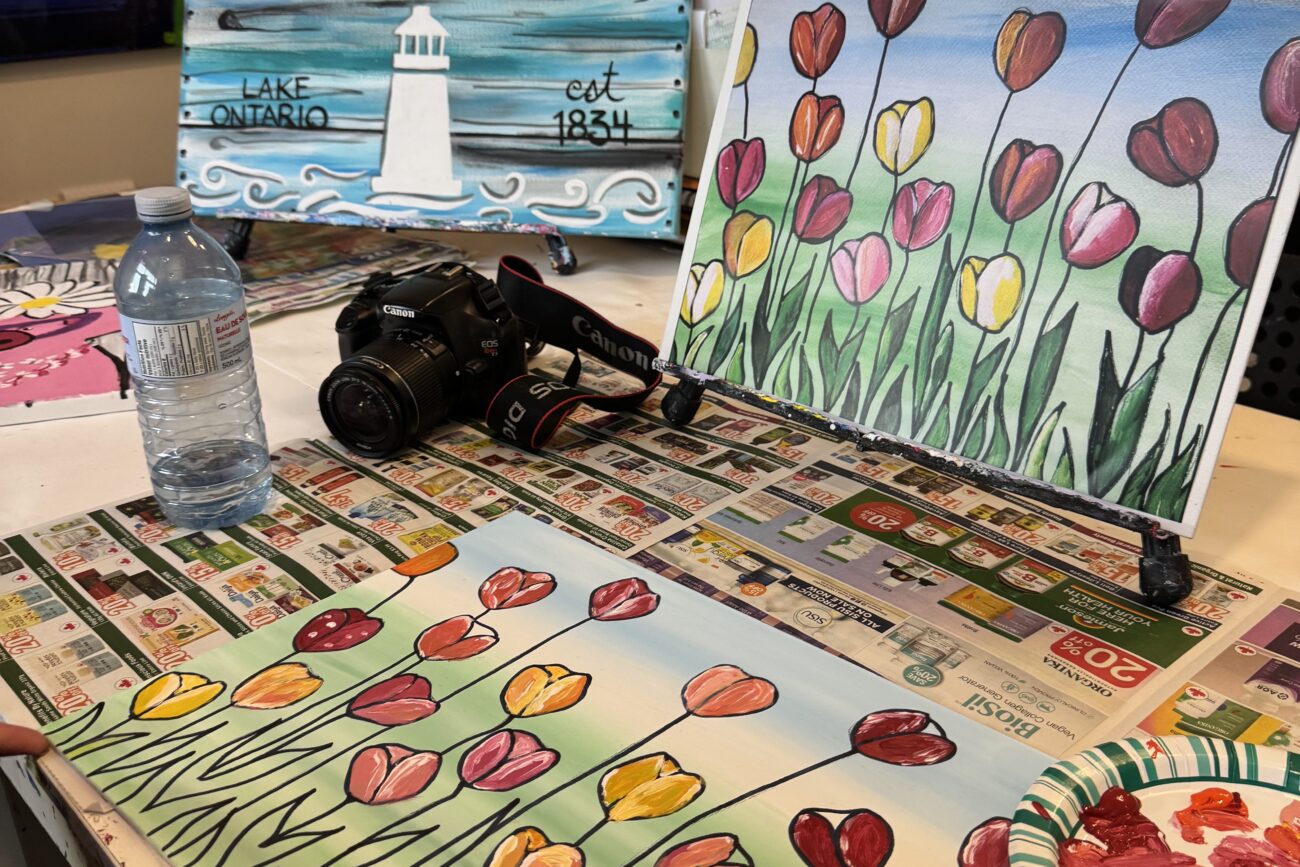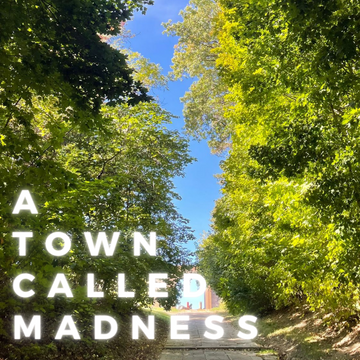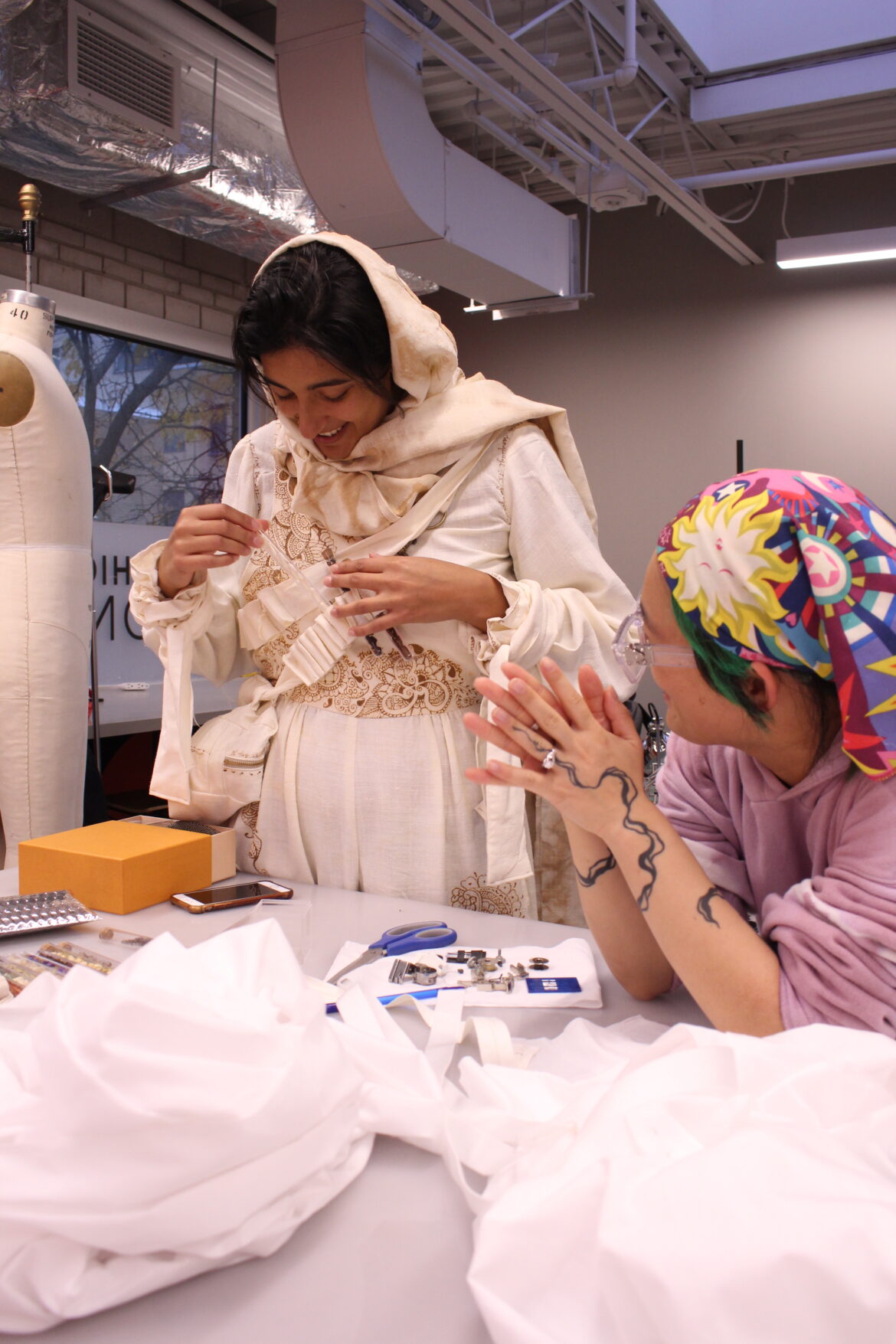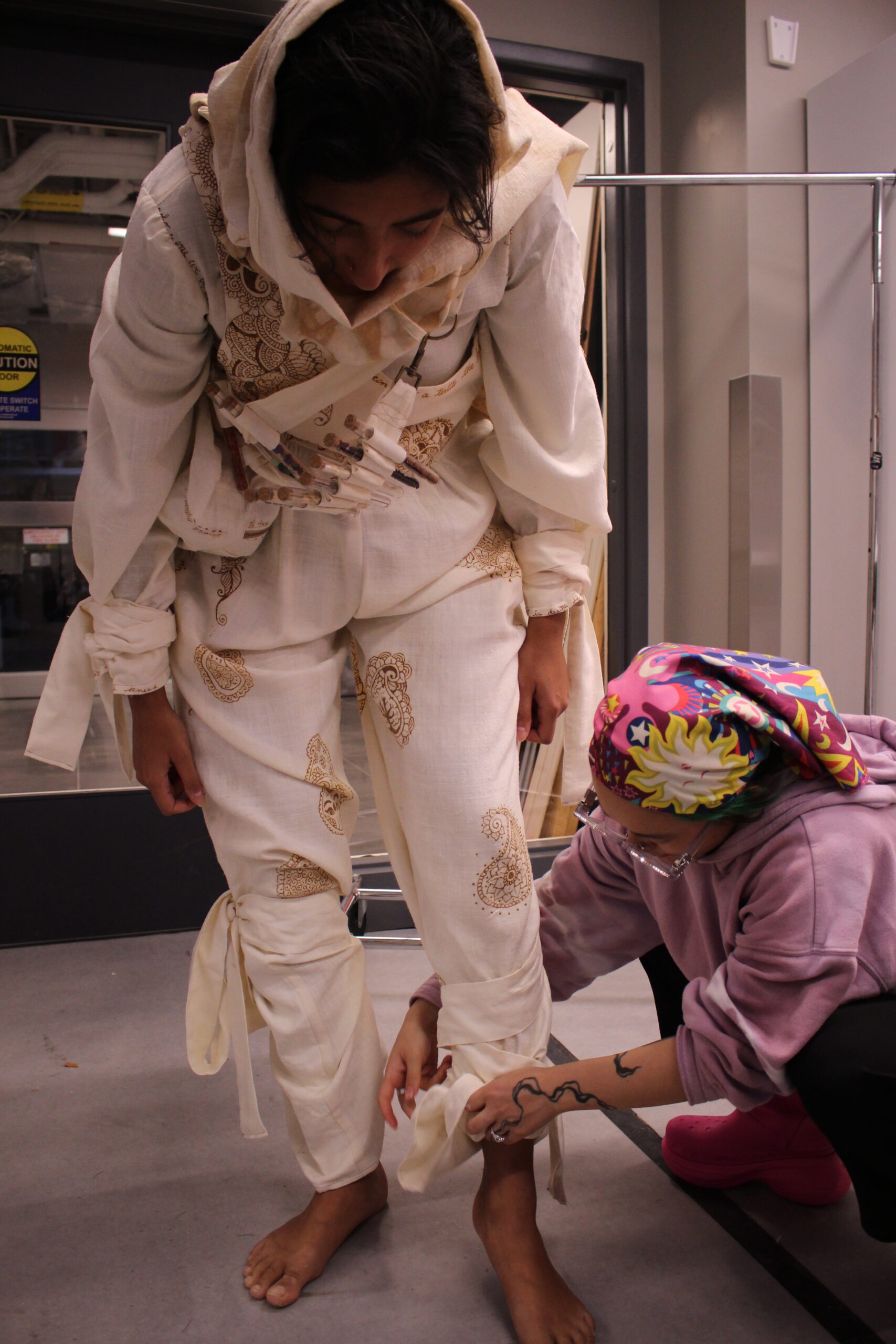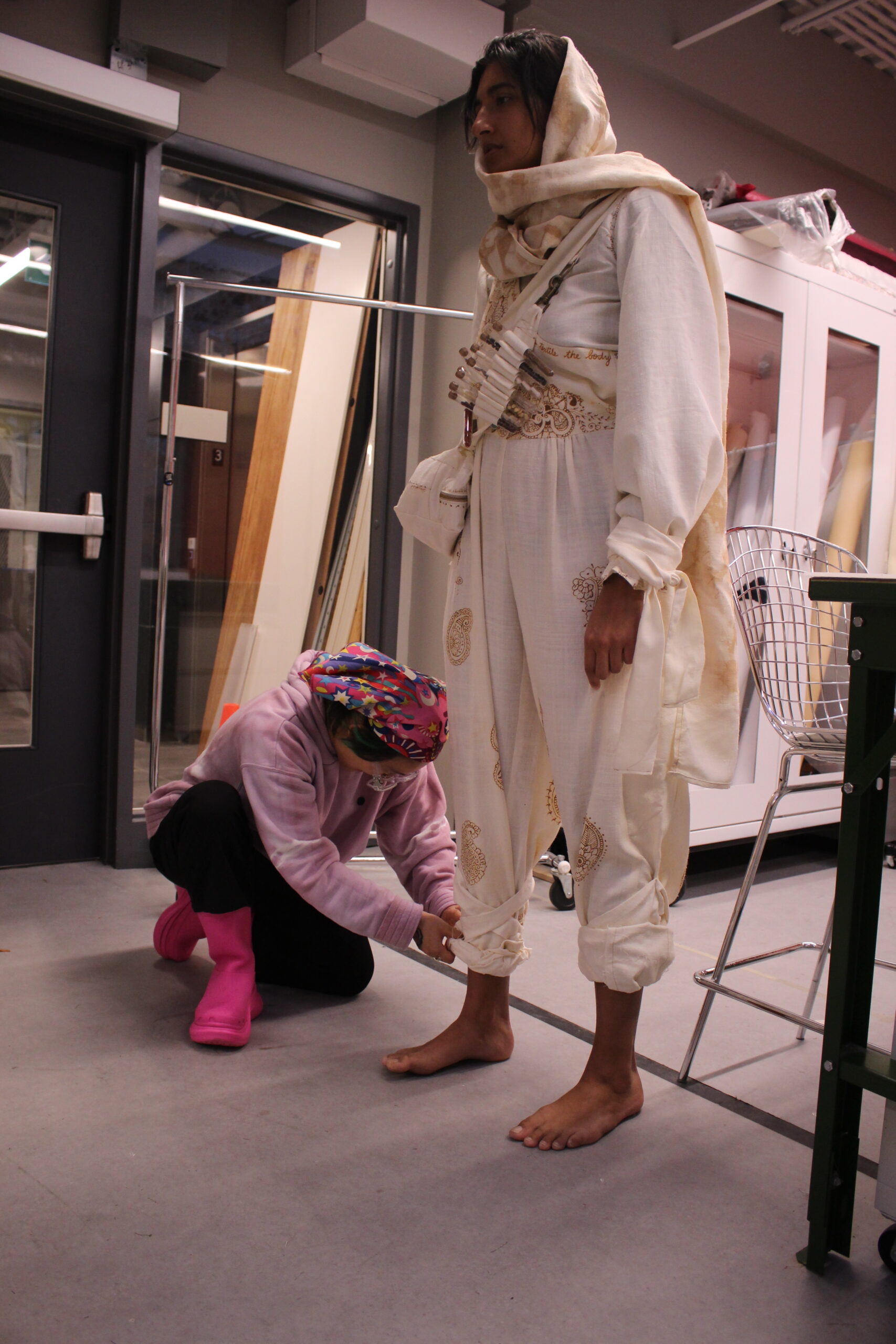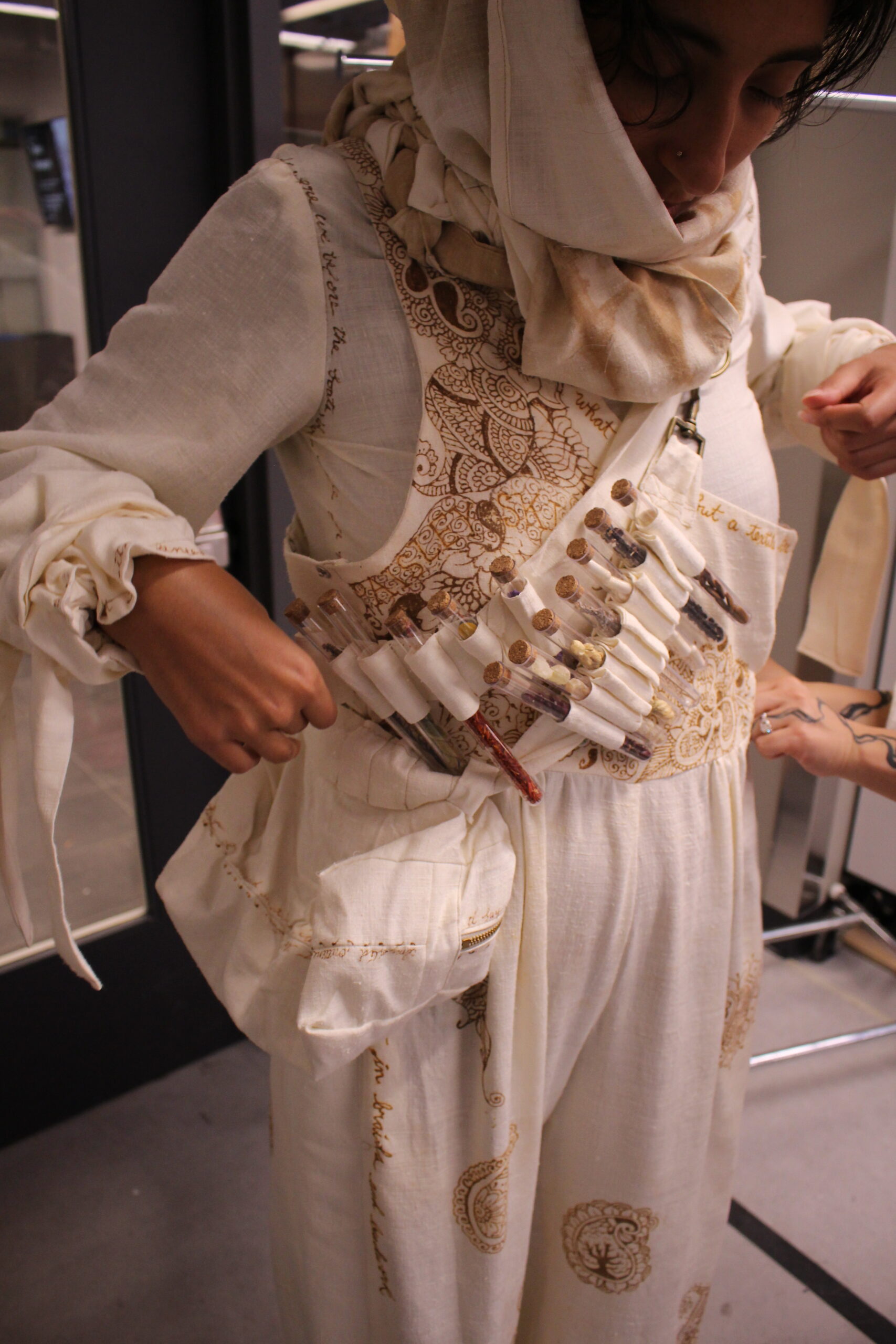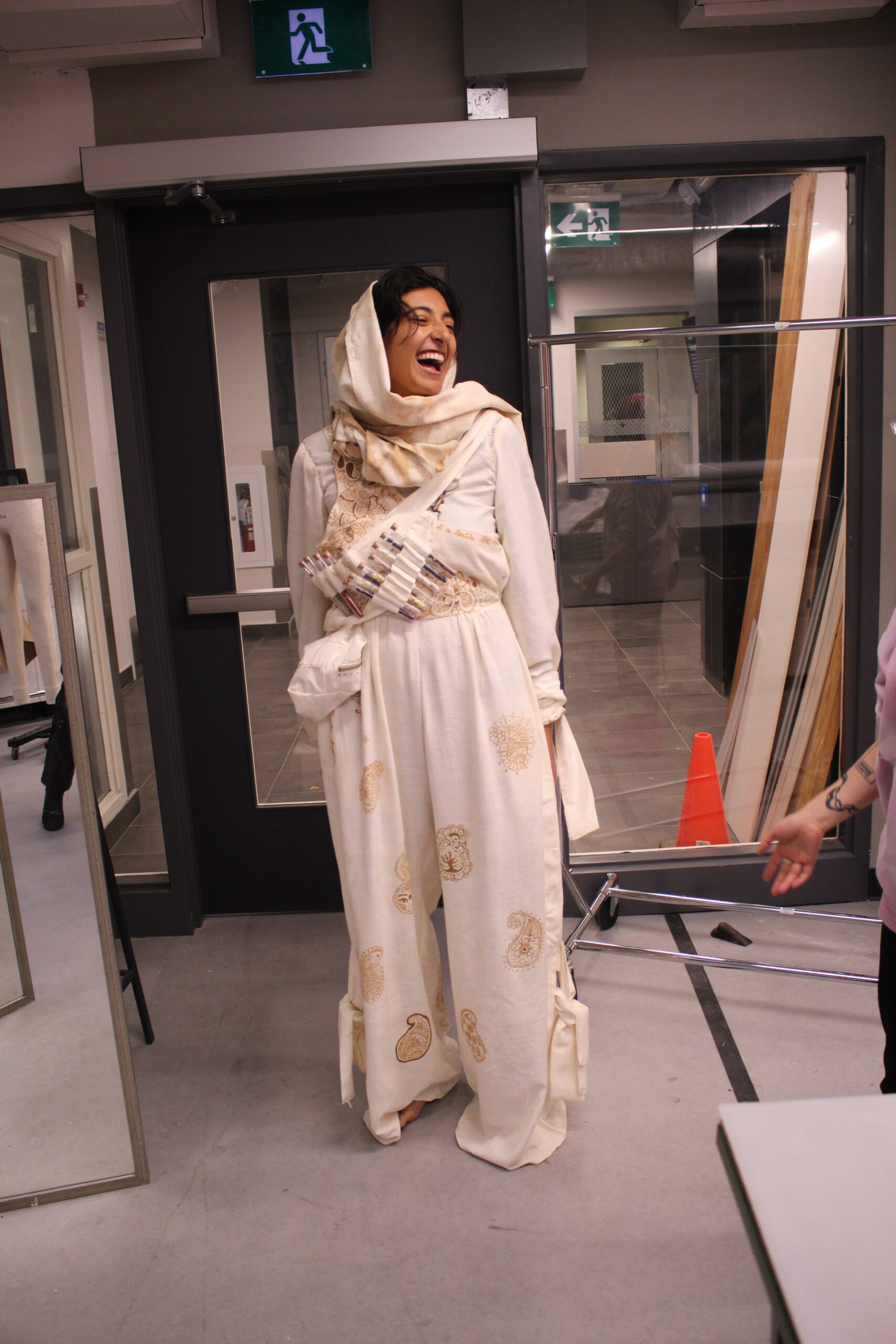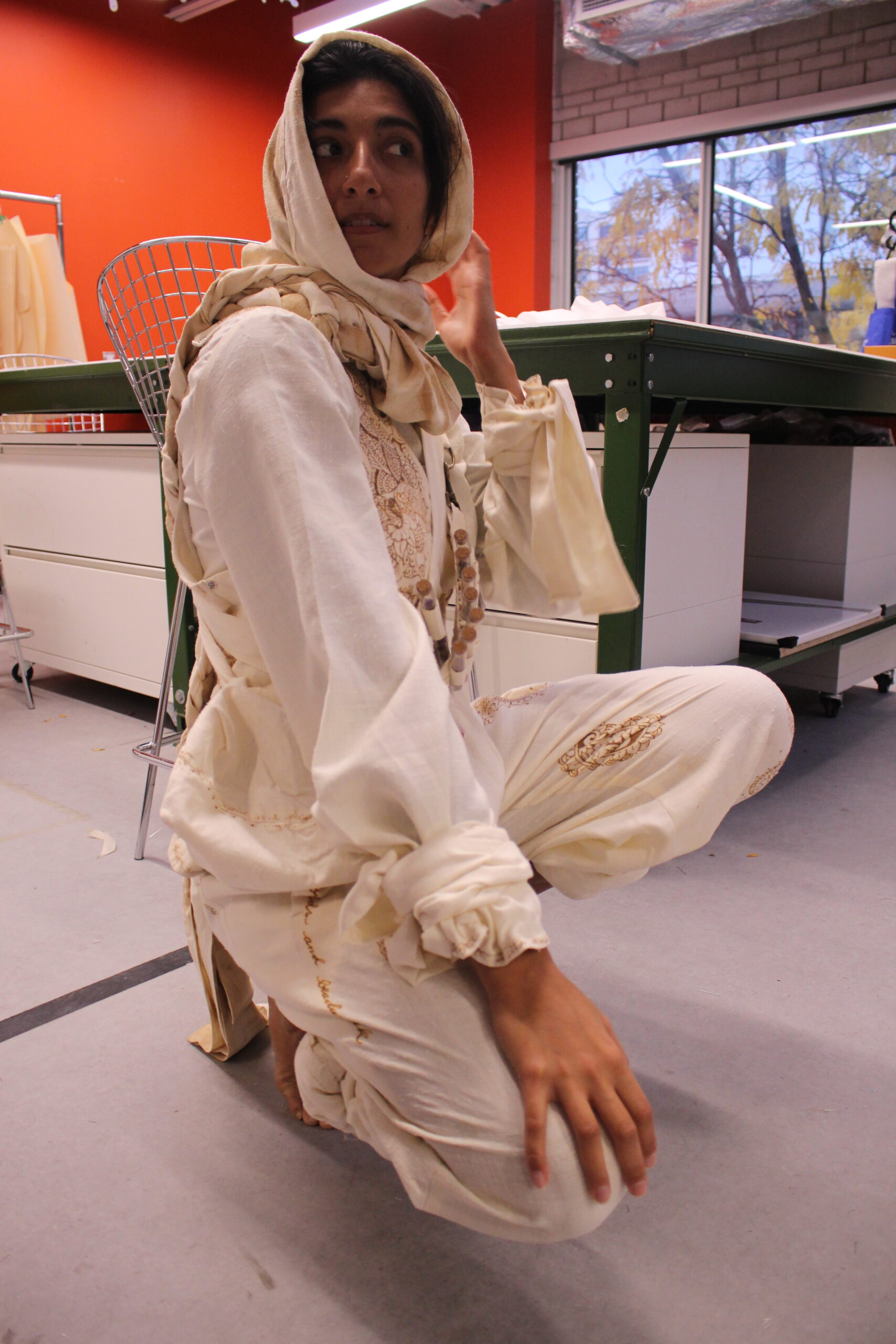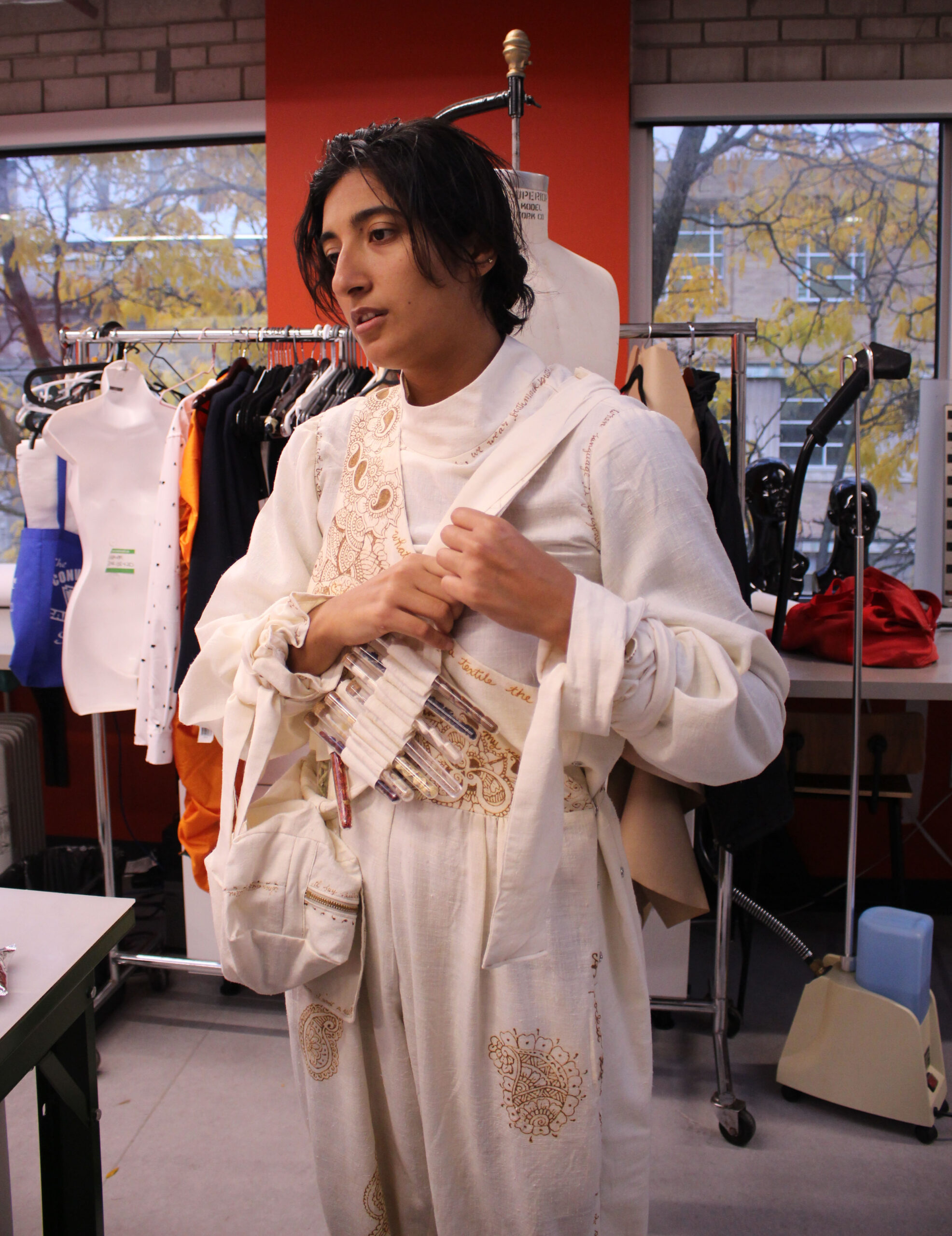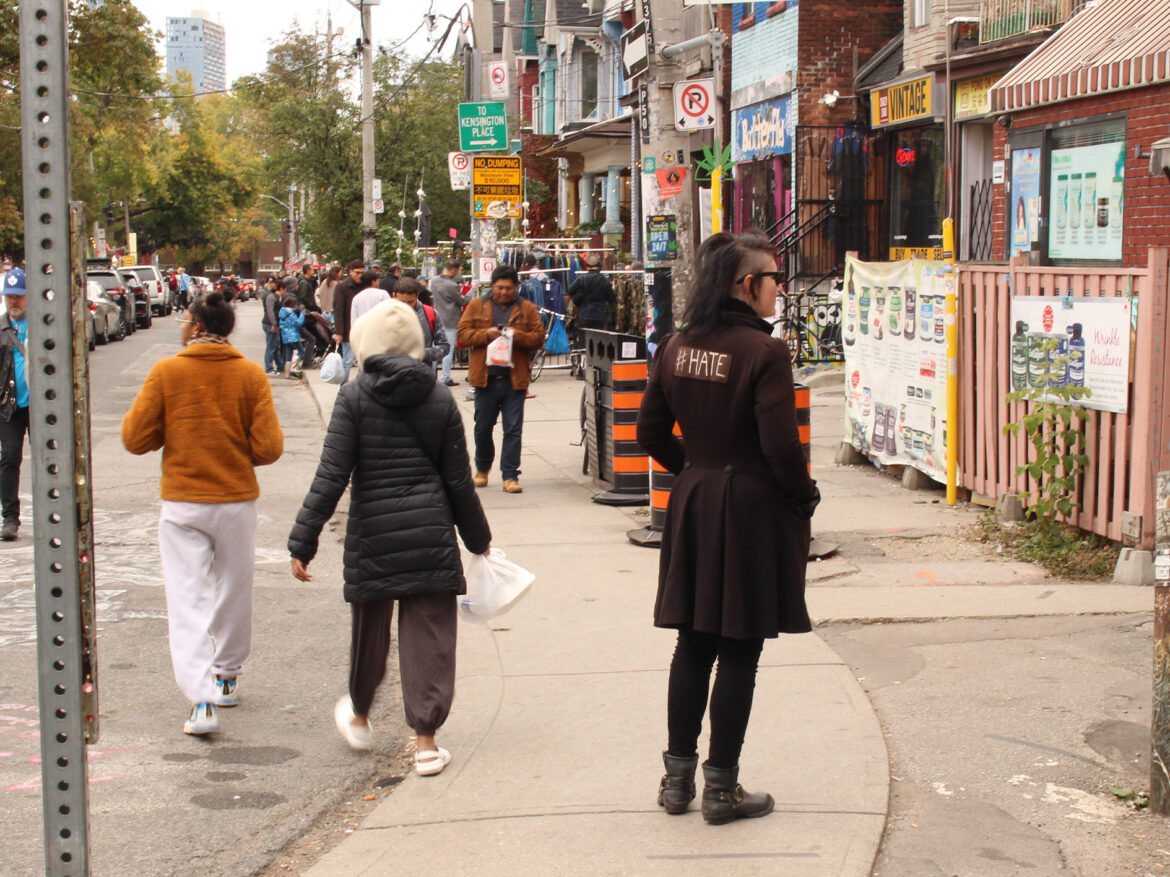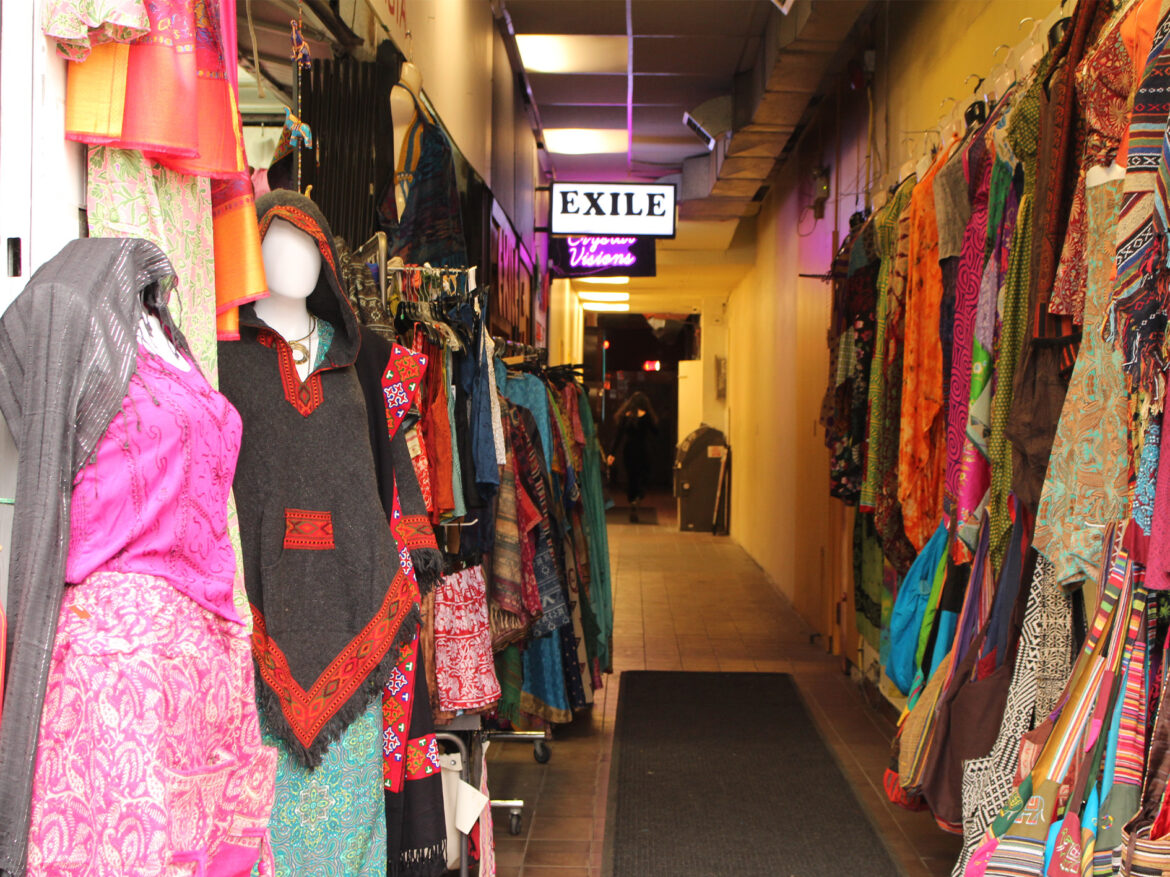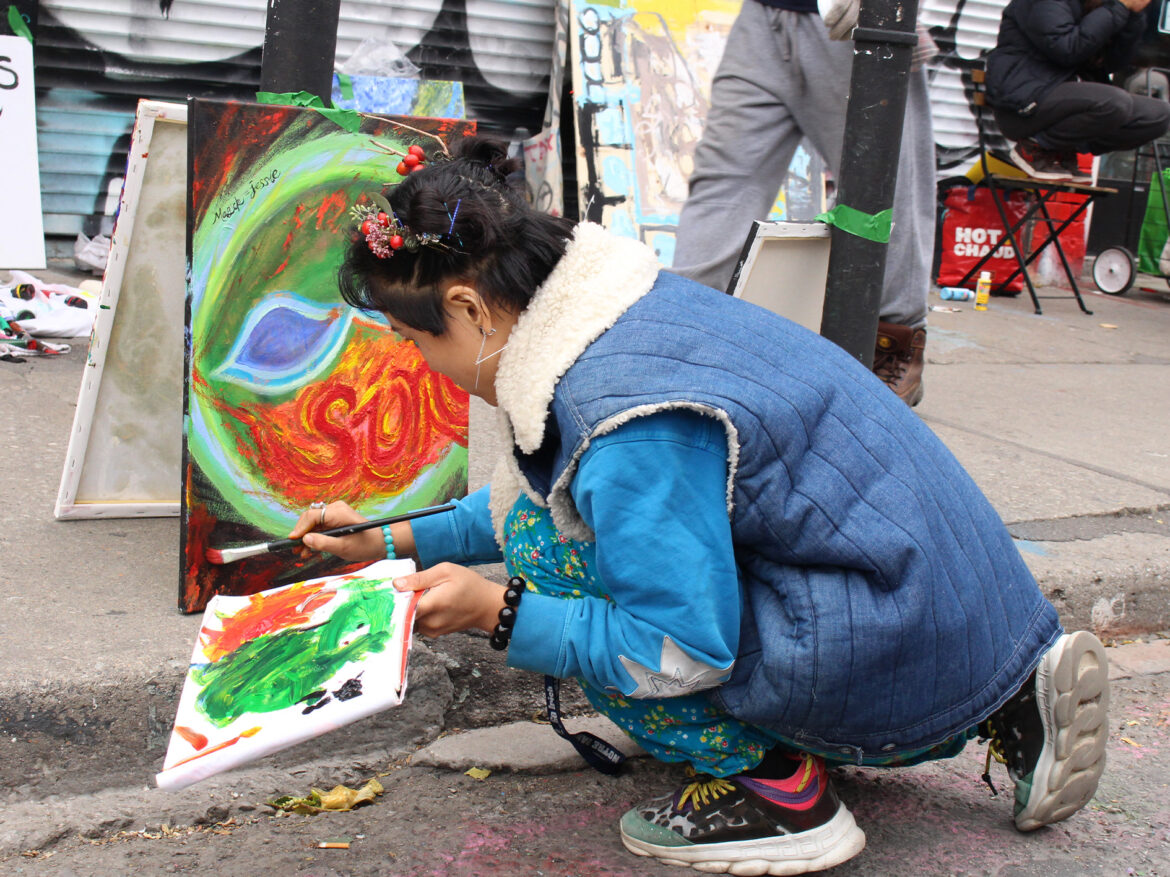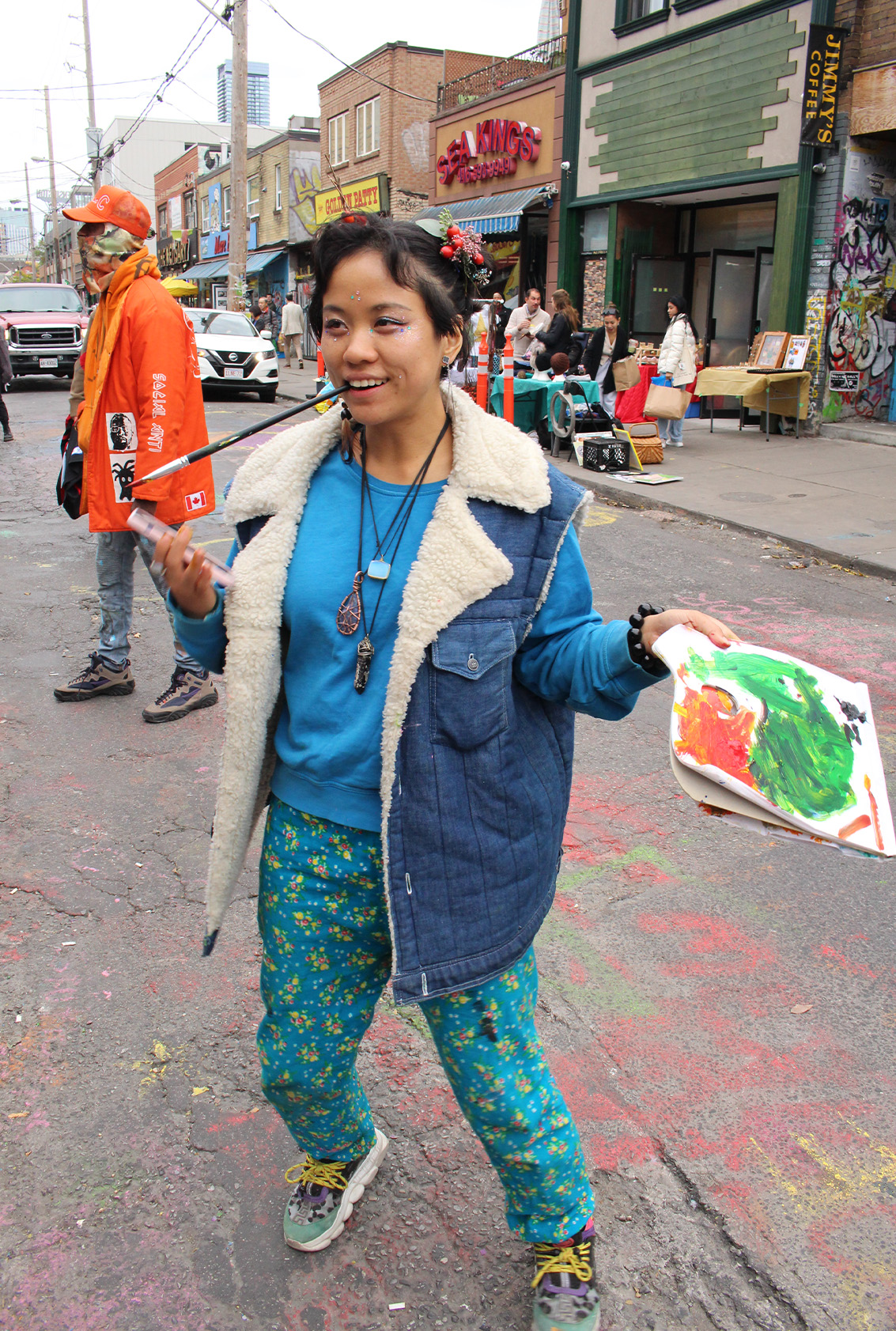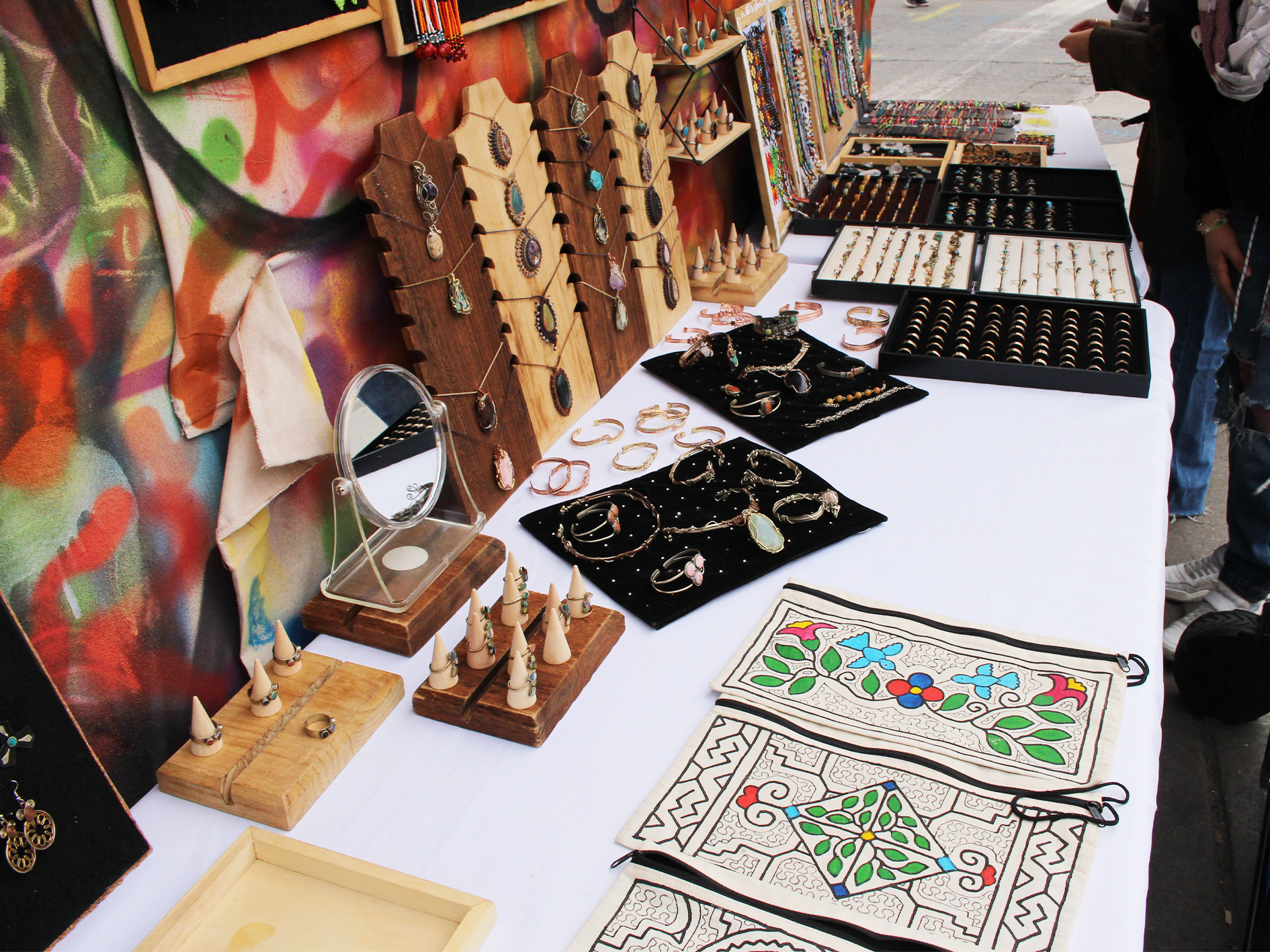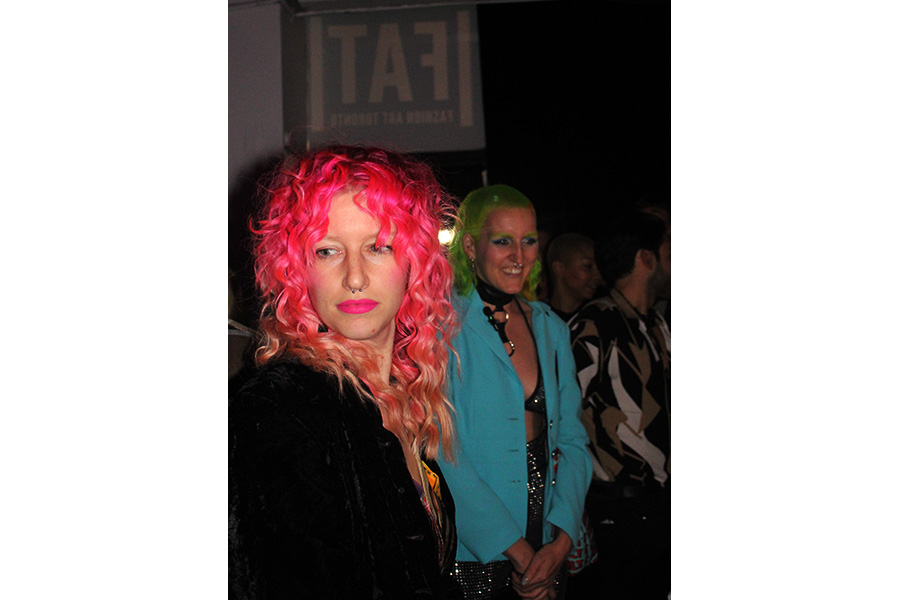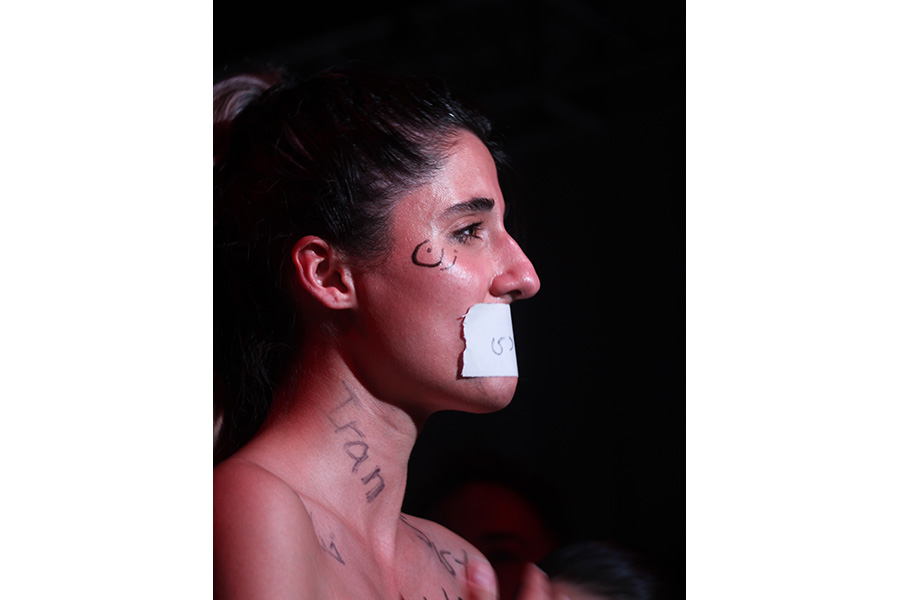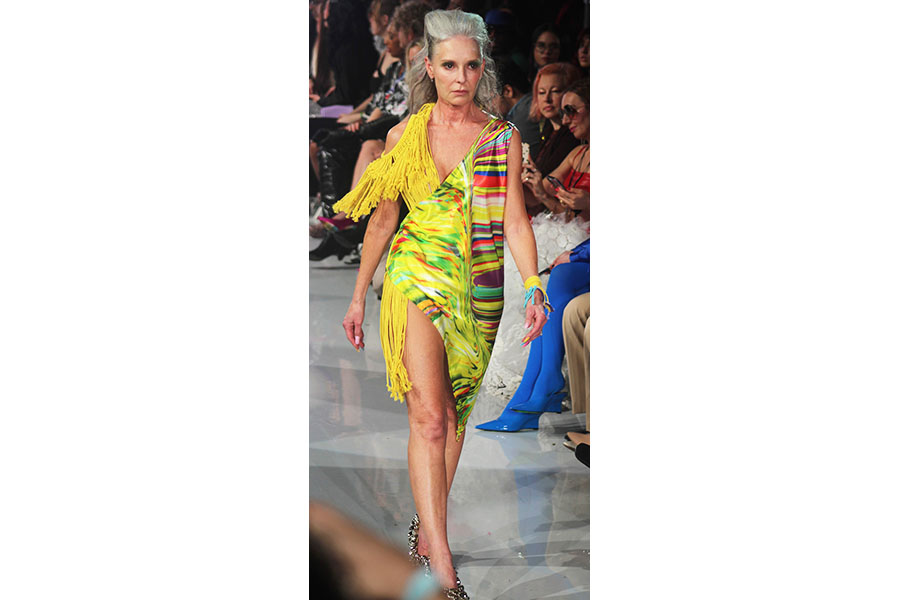The Healing Power of Art Therapy
This is a story about survival, healing, resilience, and the emotional impact of living with pain after a traumatic incident.
I had to experience trauma firsthand to truly understand it. About four years ago, I was driving to a store when my car crashed into another vehicle. The impact was severe. I sustained a concussion and a dislocated jaw, both of which will affect me for the rest of my life.
An international study found that about 70 per cent of people worldwide have experienced some traumatic incident in their lives and that a traumatic incident can significantly impact a person’s ability to cope with physical, mental, and emotional challenges over time. However, healing from trauma is often a challenging and deeply personal journey that can take many years. Regardless of its form, trauma can leave lasting scars that affect not only emotional and mental well-being but also physical health.
A single moment of trauma can completely change our lives. That one moment can become a turning point that may take years to recover from. Researchers Joshua Feriante and Naveen P. Sharma say trauma can include everything from “abuse, bullying, car accidents, emotional neglect, loss, or life-threatening events.” But, art therapy is providing new hope as a tool of recovery.
Although my physical injuries are becoming more manageable over time, it is the emotional and psychological effects of my accident that continue to impact my daily life. Before the car accident, my life was simple. After that, everything changed. It is this new, unfamiliar reality that my body struggles to adjust to.
It is not just this unfamiliar reality and the physical pain that disrupts my routine, but it is the overwhelming heaviness I feel in my body that deeply troubles me. I feel like I am carrying the world’s weight on my shoulders — an experience that is too hard to speak about. Each day feels like a battle to survive emotionally, mentally, physically, and spiritually.
When my healing journey started, for the first time in my life, I was introduced to traditional talk therapy. I was scared at the thought of discussing my inner pain with someone I didn’t know. During the sessions, I was overwhelmed with anger, fear, confusion, and shame, and I struggled to express my feelings. Words aren’t enough to explain what I have gone through and what I am still experiencing.
Talk therapy, also known as psychotherapy, is used to help provide emotional support after a traumatic experience. In talk therapy, therapists encourage people to engage in conversations to help them explore their thoughts and work through personal issues. It is important to know that talk therapy has both positive and negative effects, and many people find it helpful – but not everyone.
While the talk therapy had some positive effects, I was unable to capture the depth of my pain, and then, as I felt like I was about to drown in a sea of darkness without knowing how to swim, I discovered art therapy.
Art therapy is used to assist patients in interpreting, expressing, and resolving their emotions and thoughts. Researchers found that art for the purpose of healing dates back ten thousand years to the practice of First Nations people.
In art therapy sessions, therapists encourage patients to explore their feelings, identify conflicts or emotions that are causing them distress, and use artistic expression to resolve these issues.
Karen Colangelo, a Canadian contemporary artist, speaks about how she helps her clients heal by doing art therapy. (TMU/Mijgon Azim)
Kirsten Abrahamson, professor of Arts and Design at Sheridan College, says, “Art therapy is a way to release tension and find peace within oneself. Working with one’s hands is very therapeutic. Human beings are here to create and to do things. When we are idle, we get agitated. We need something to do. Working with our hands is soothing, and we can get lost.”
According to American Art Therapy Association, art can enhance traditional mental health treatment by improving cognitive function, emotional resilience, and self-confidence. Art therapy plays a significant role in aiding the healing process. It allowed me to express my truth, not with words but with colours, shapes, and symbols, which made me feel safer.
At first, I was hesitant to try art therapy to express my pain. I wondered how I would be able to create something using only colours. I am not an artist and know very little about art. Putting my feelings on paper seemed impossible.
However, my rehabilitation support worker (RSW), Diana Hampton, encouraged me by explaining that “art therapy is not about the finished product.” Instead, it is about processing and emotional release. She said that art therapy helps a person connect the mind, body, and spirit in ways beyond words alone can express.
For example, when drawing a piece of art, a person might create stick figures to represent family members or depict images with personal meaning.
Eva Marie Stern, a psychotherapist and art therapist at ArtAndMind, says that creating images and art pieces can be very helpful in healing trauma. “Words are too limited, and words are too logical for the crazy-making experience of experiencing trauma when people experience traumatic incidents in life. The experience is encoded and not processed because there aren’t enough words to describe the person’s feelings.”
Eva Marie Stern speaks about art therapy healing. (TMU/Mijgon Azim)
The first time I picked up a paintbrush, my hands were shaking, and Diana suggested I pick a colour and draw any shape I liked. She said it didn’t have to be perfect, and I could even just scribble dark, uneven lines onto the white canvas.
I remember a wave of terror rushing through me as my hands moved across the white canvas. My heart and my mind flooded with images of my trauma as I began to put the first uneven lines onto the blank canvas.
Art therapy can helps individuals better understand self-awareness through creative expression. The process enables people to discover coping mechanisms that can help lower stress and feelings of depression and anxiety. As noted on the Husson University website, “Creating an art piece can help reduce stress levels and minimize anxiety mainly because it requires the individual to remain present and focus on the task. Art therapy allows people to express themselves in ways they may not be able to in other parts of their lives.”
As I continue art therapy sessions with Diana, I see changes within myself. I can express my emotions. Art therapy allows me to step back and see my feelings from a distance without being overwhelmed. In my first session, I drew a white heart in the center of a dark, scary storm. The heart represents me: scared, small and isolated. Then, I painted small patches of lights surrounding the heart to show a glimmer of hope and a sign that I could move beyond this darkness.
I used red for anger, blue for sadness, white for hope, and yellow for a better future – my emotional landscape. As I painted more, I understood myself better. My emotions are not as isolated as I thought. This storm will not last – hope and light are always there, even if I can’t see them yet.
I feel like art therapy is not a tool for expressing pain but a tool for transformation. When I look at my artwork, I don’t just see my struggles; I see my resilience. I see my slow healing journey toward achieving peace.
“Art therapy helps, metaphorically; you just have to paint out without uttering a word. It’s something that you can carry with you wherever you go, and nobody can take it away from you,” said Abrahamson.
Healing is indeed a journey – art therapy can be the first step.

